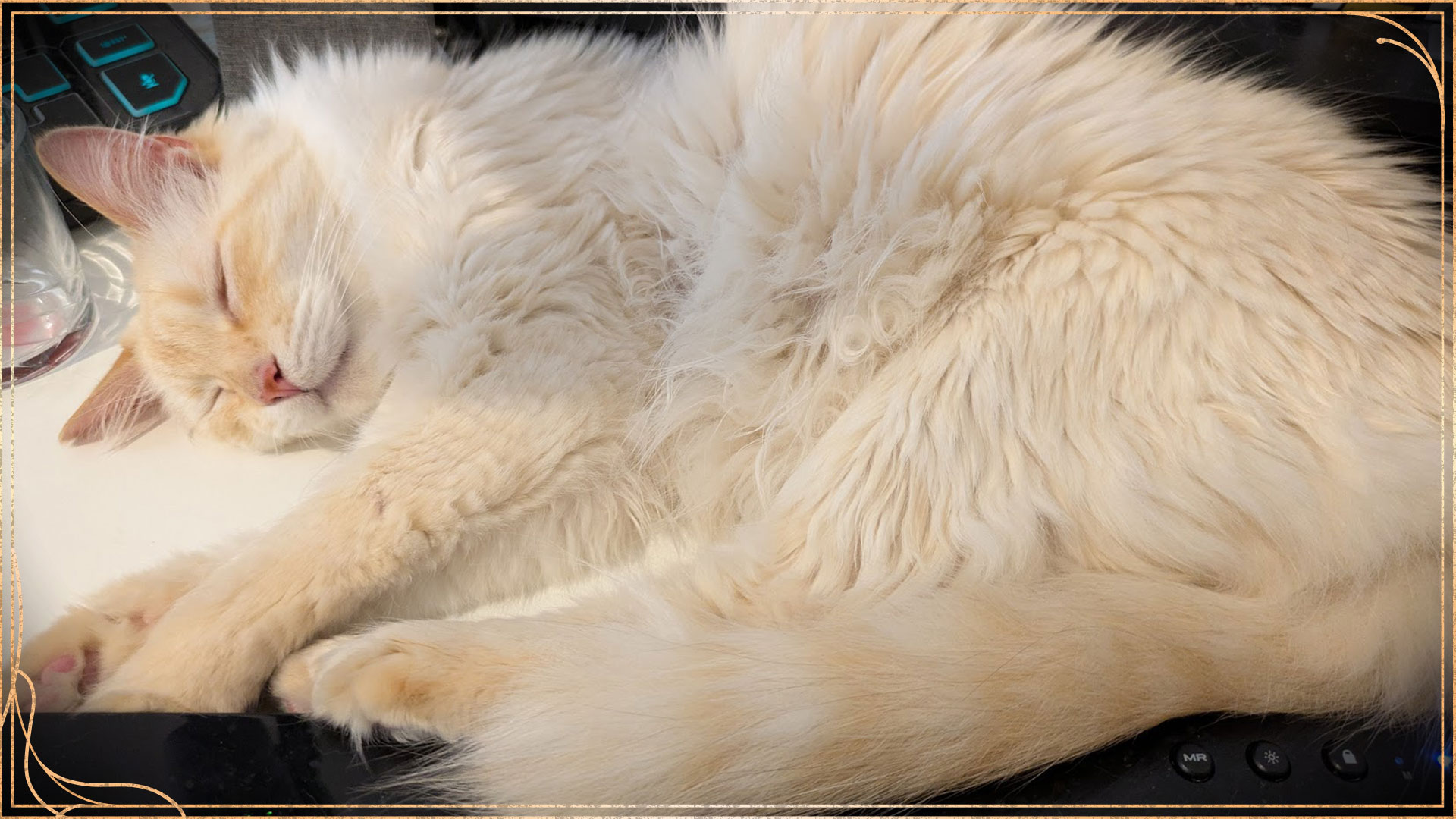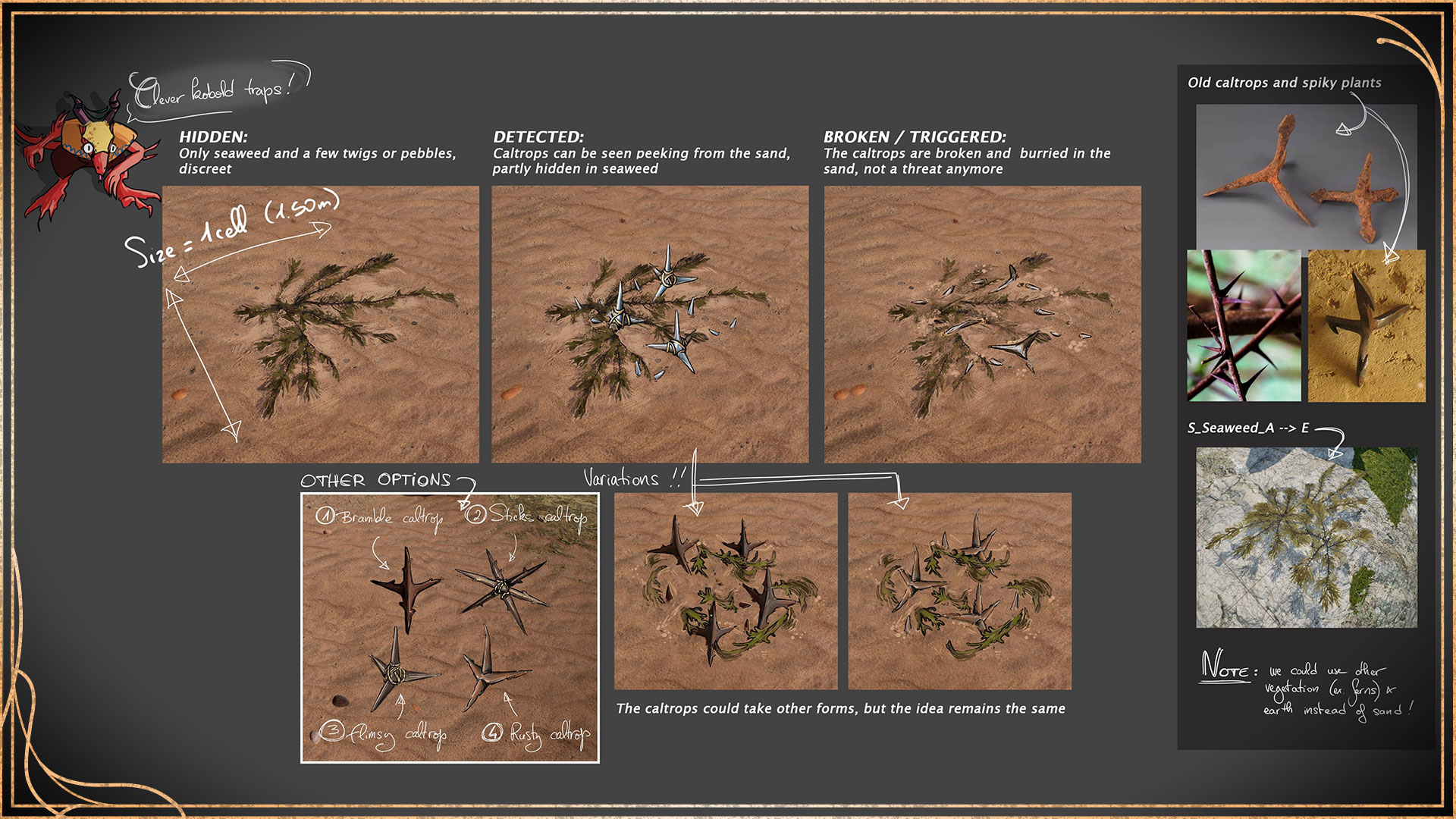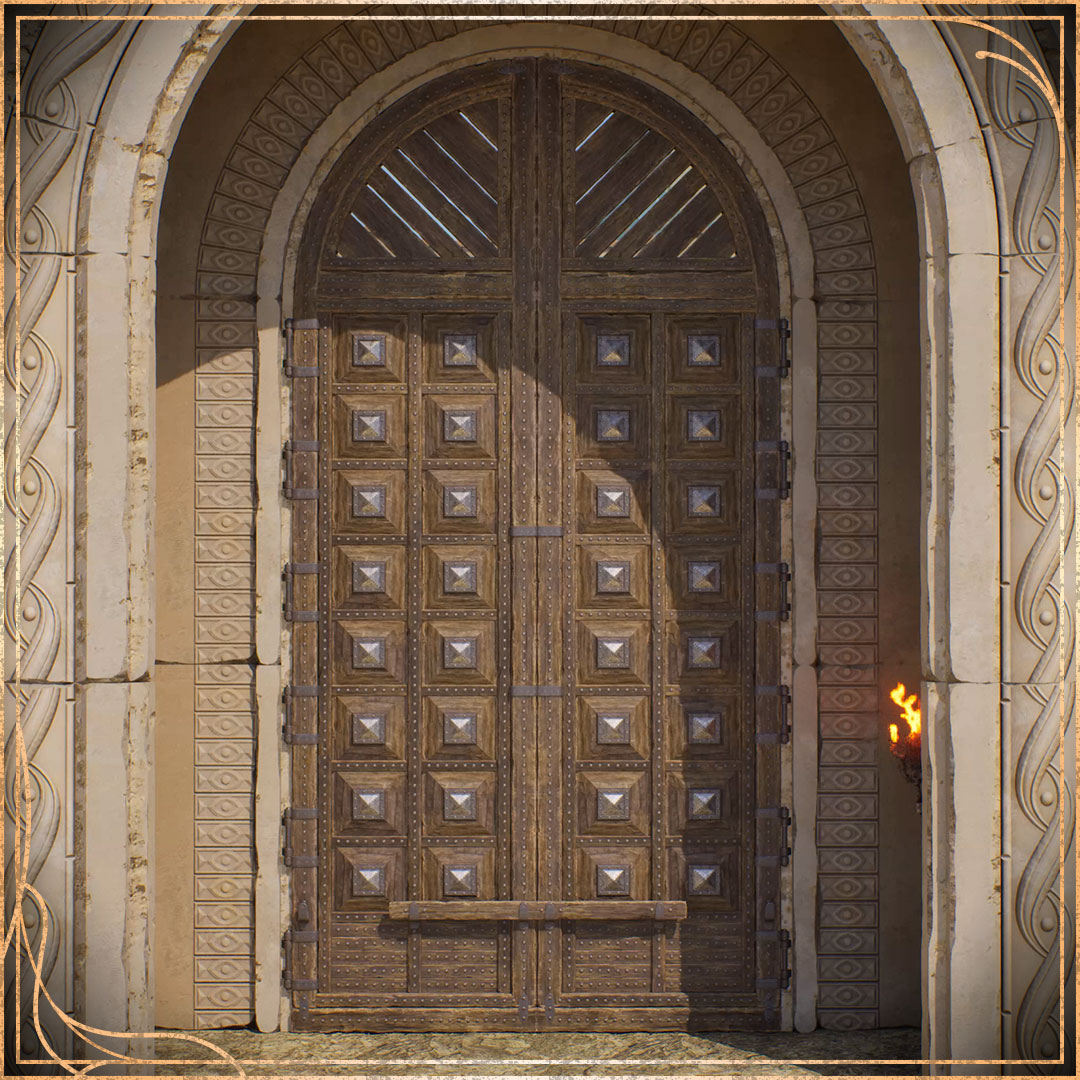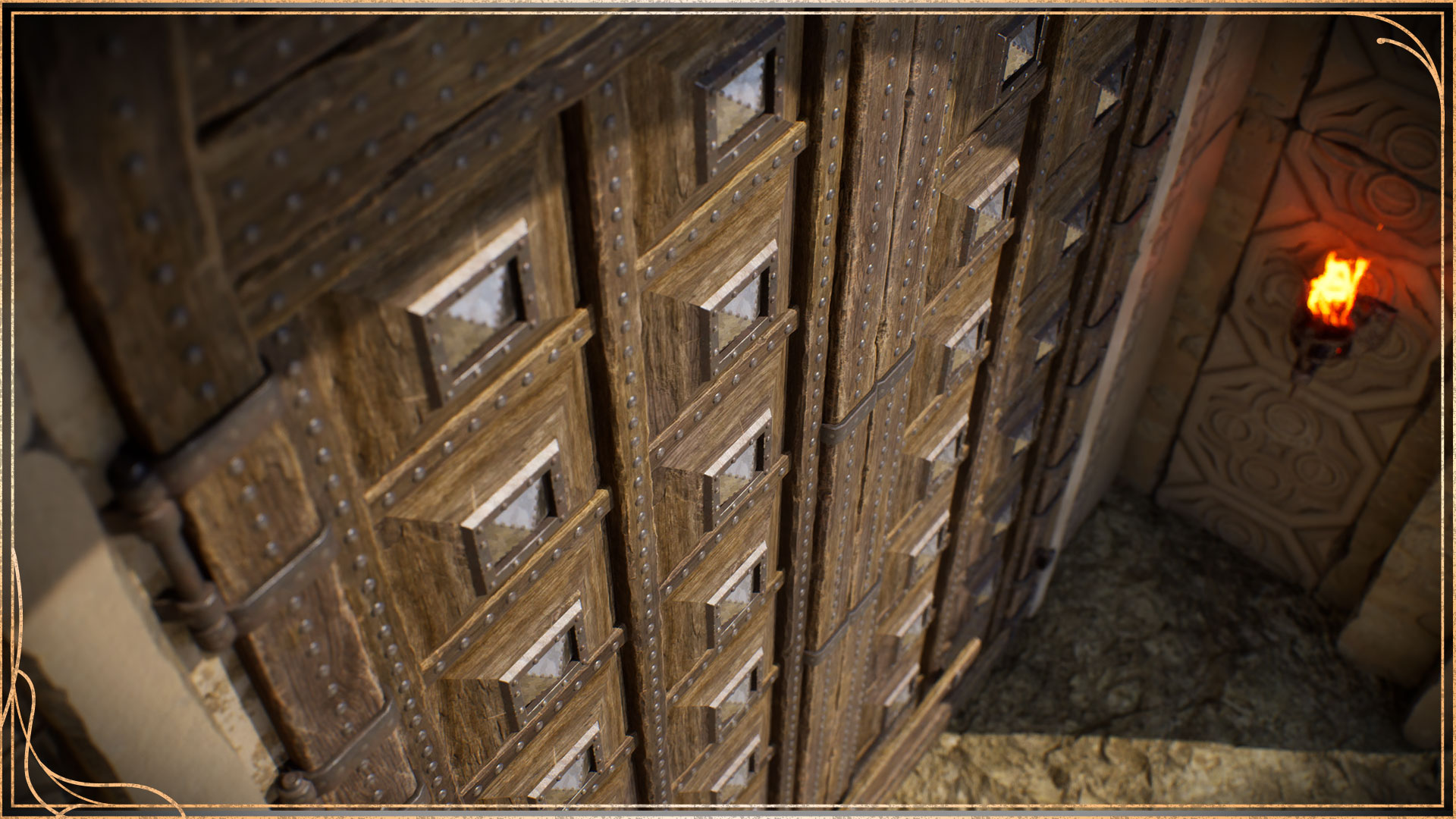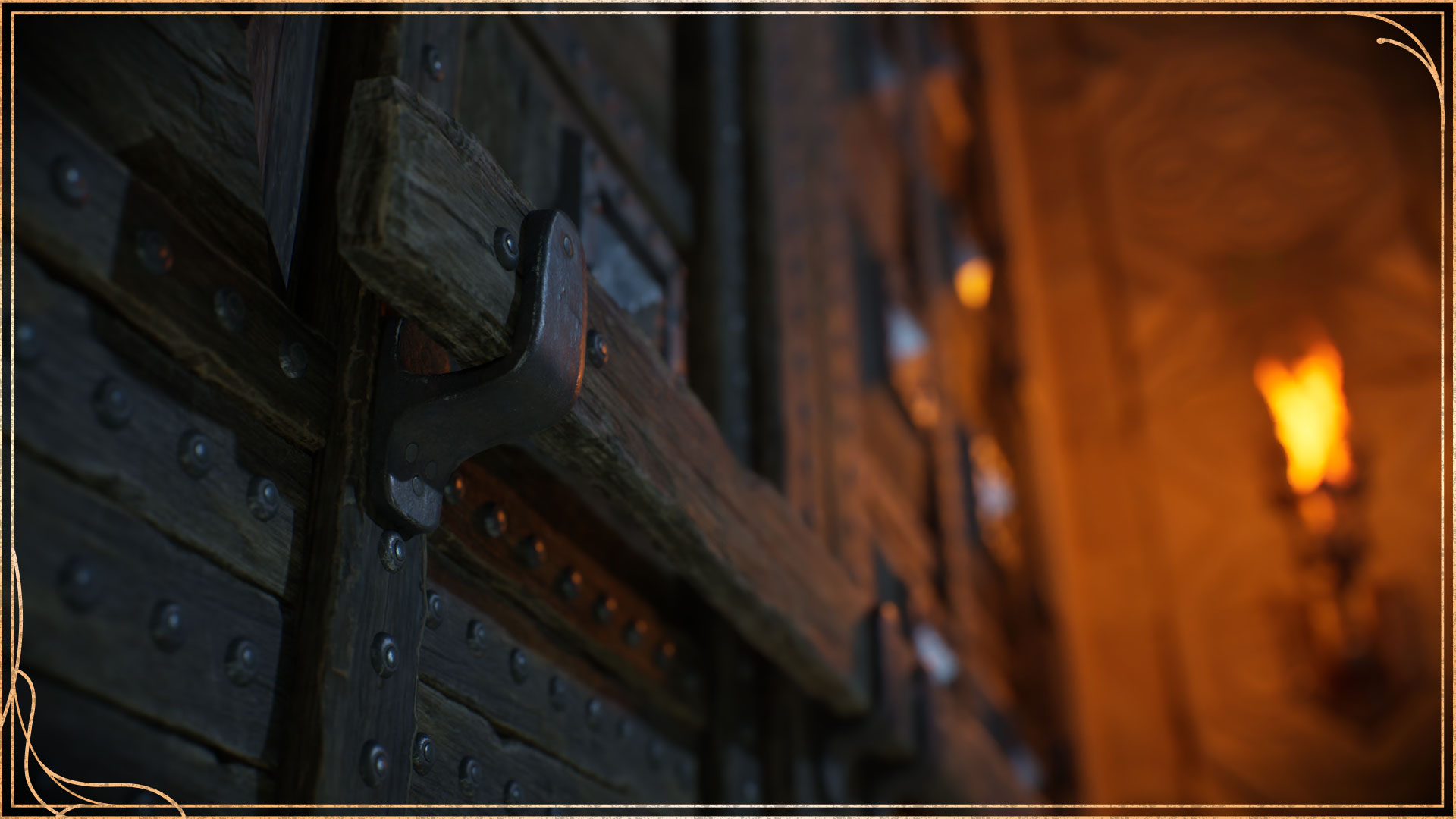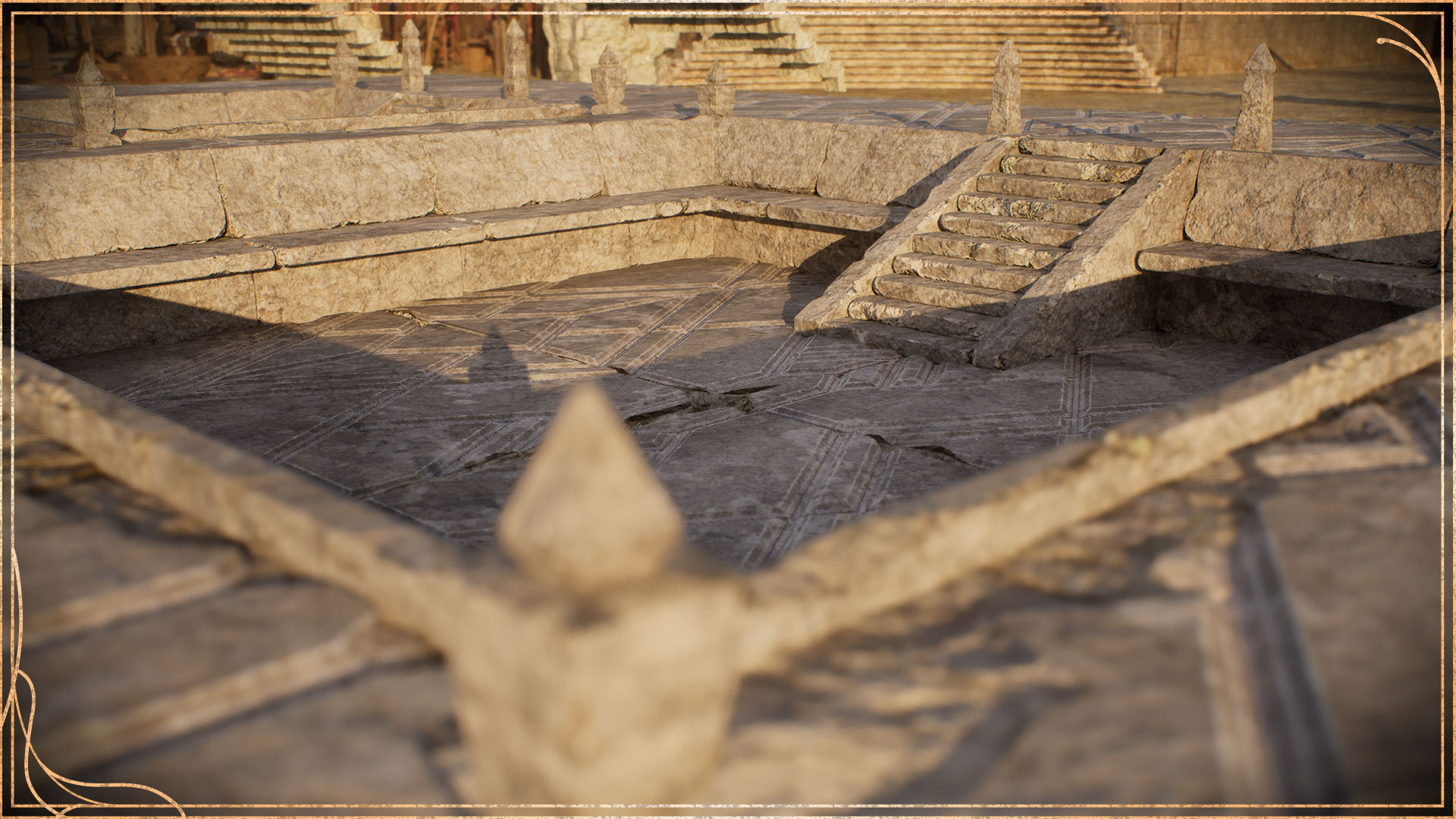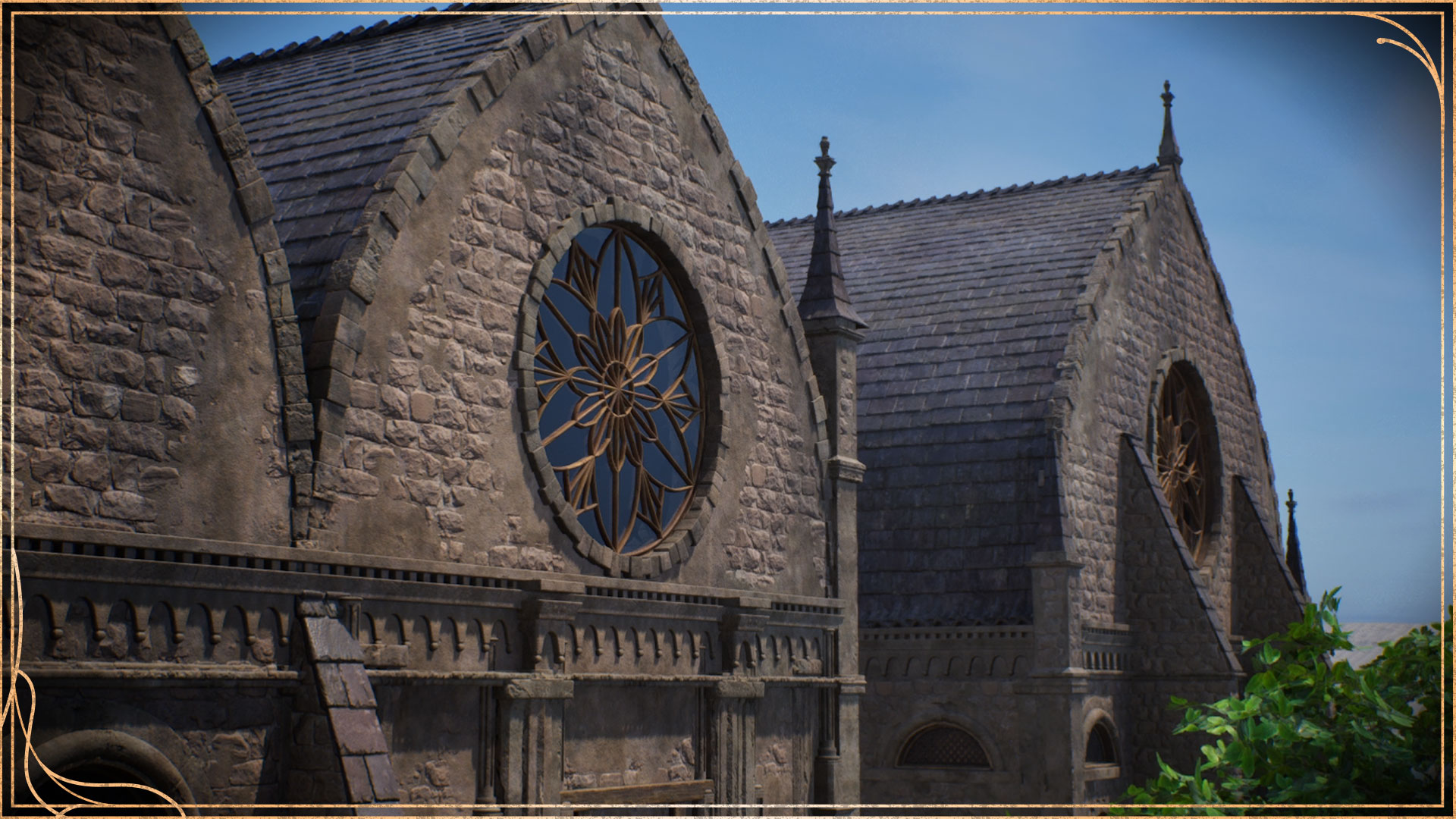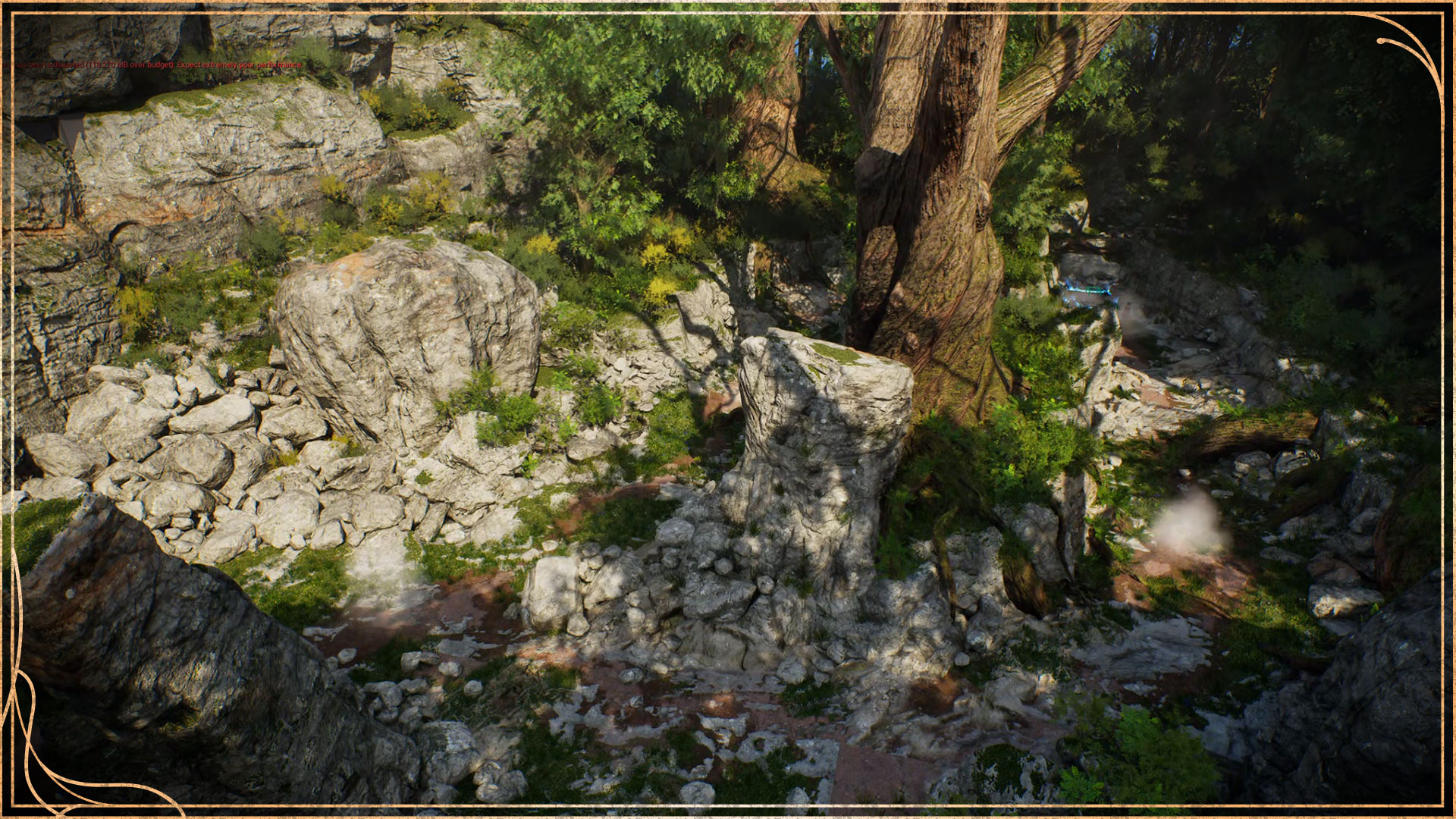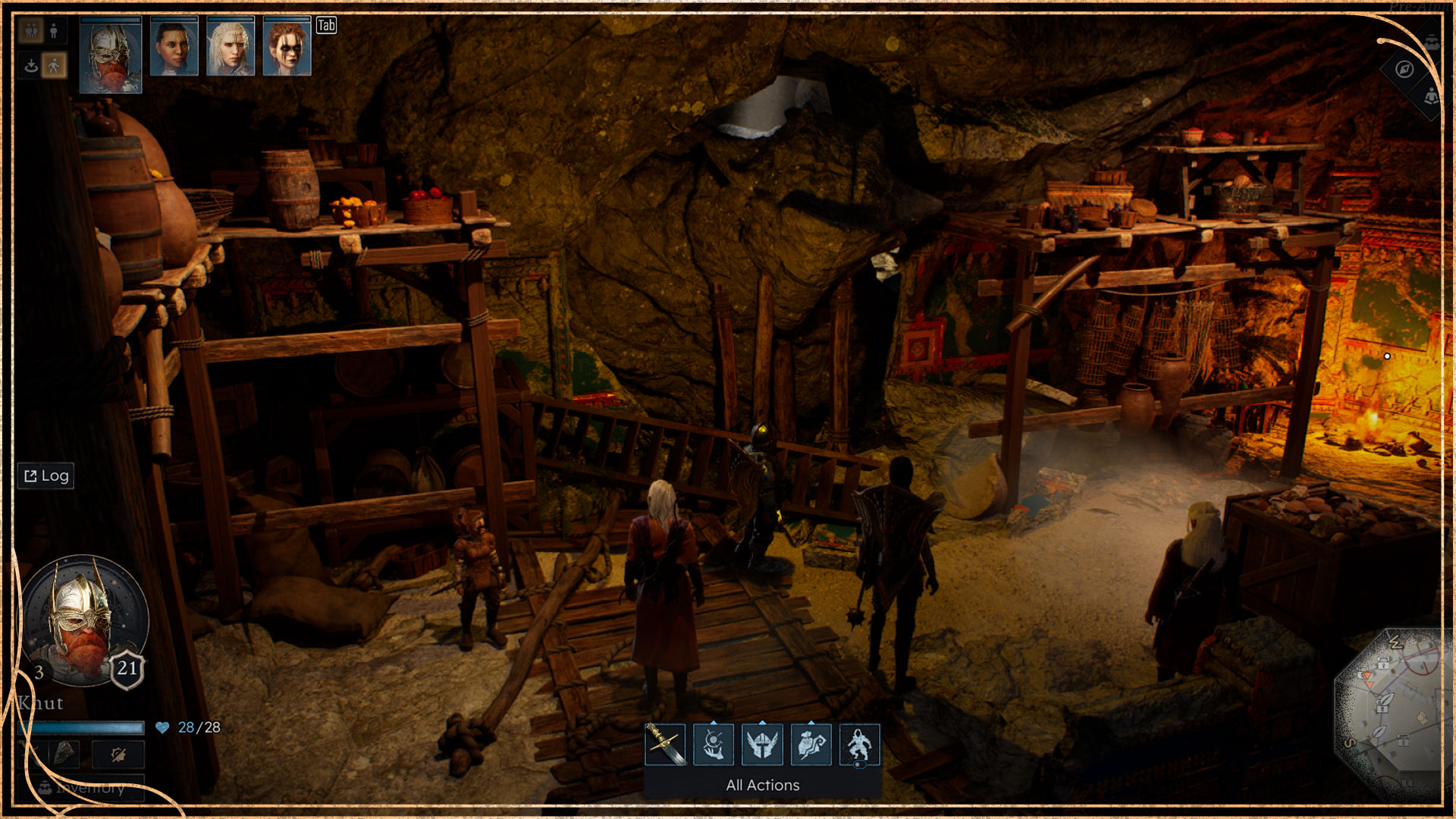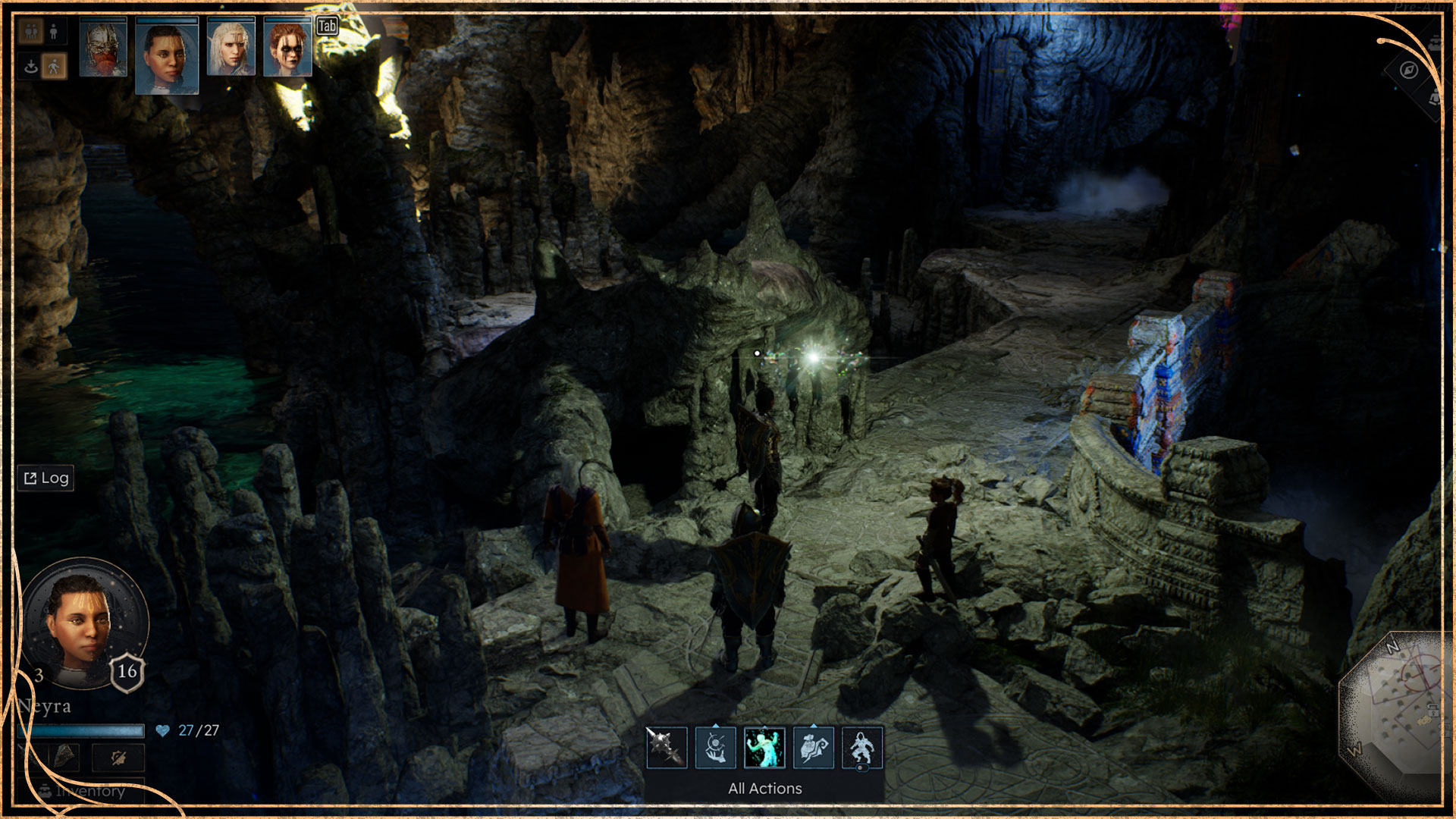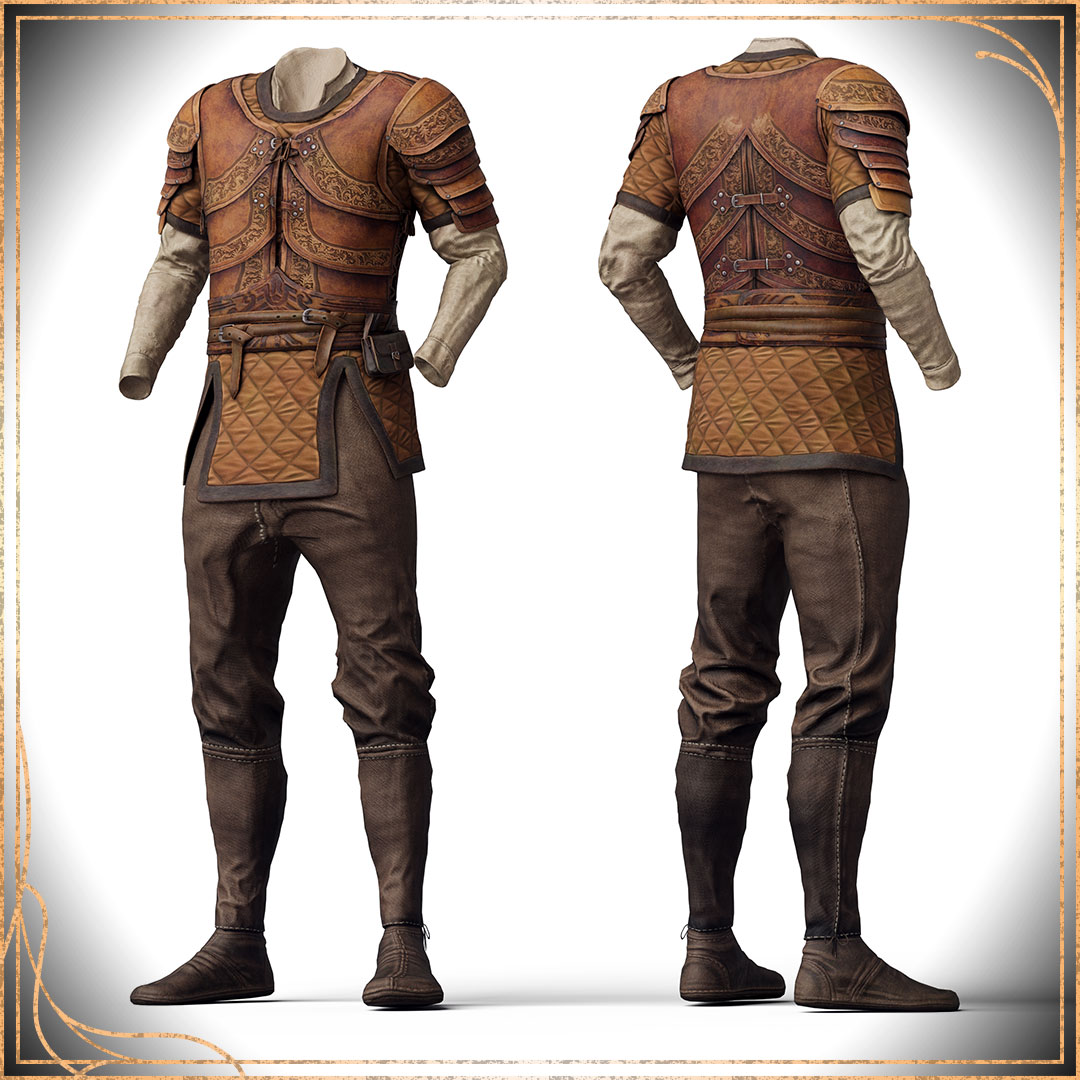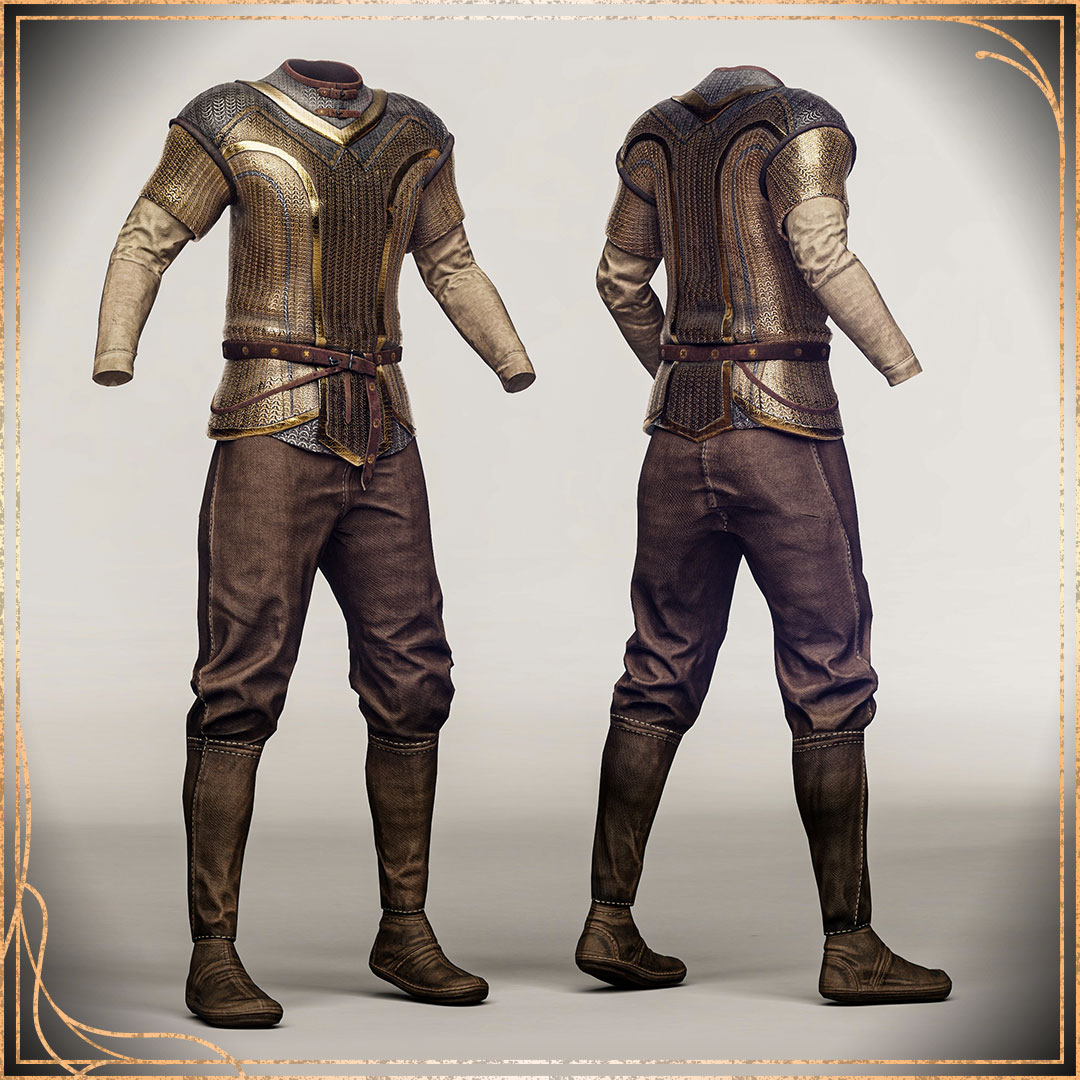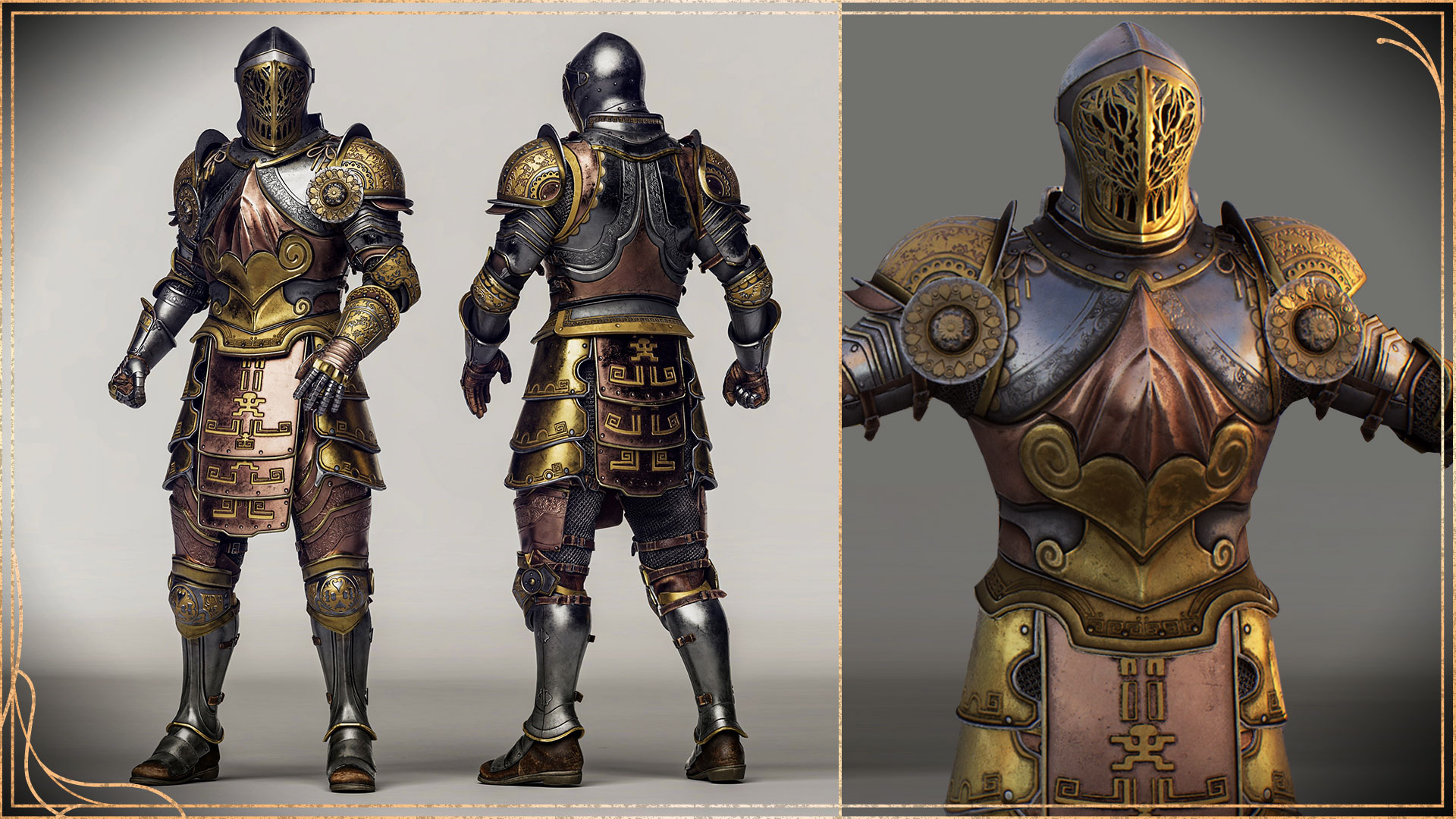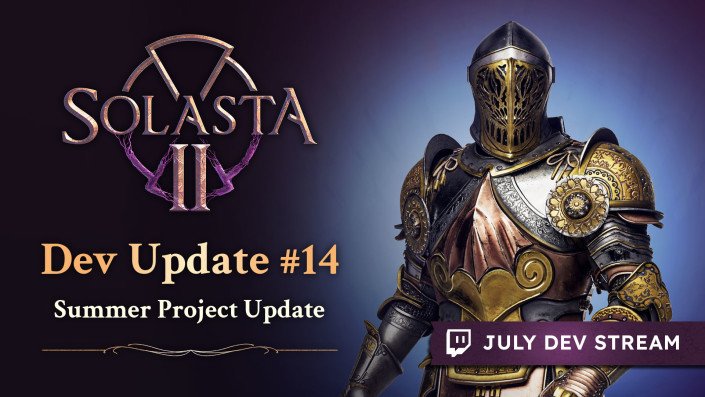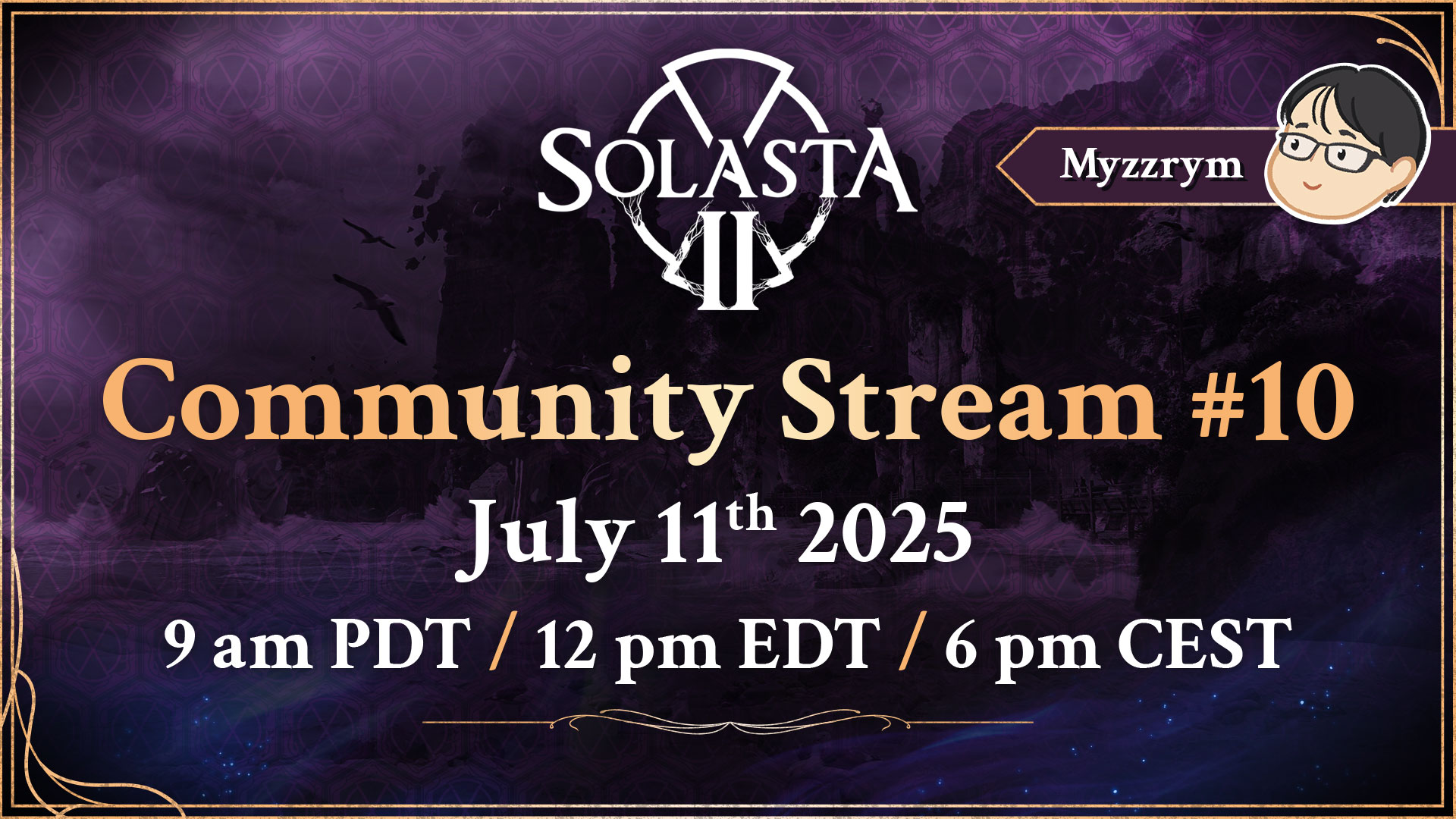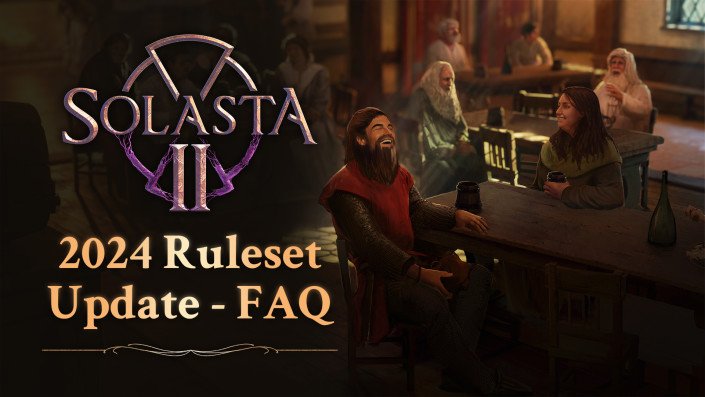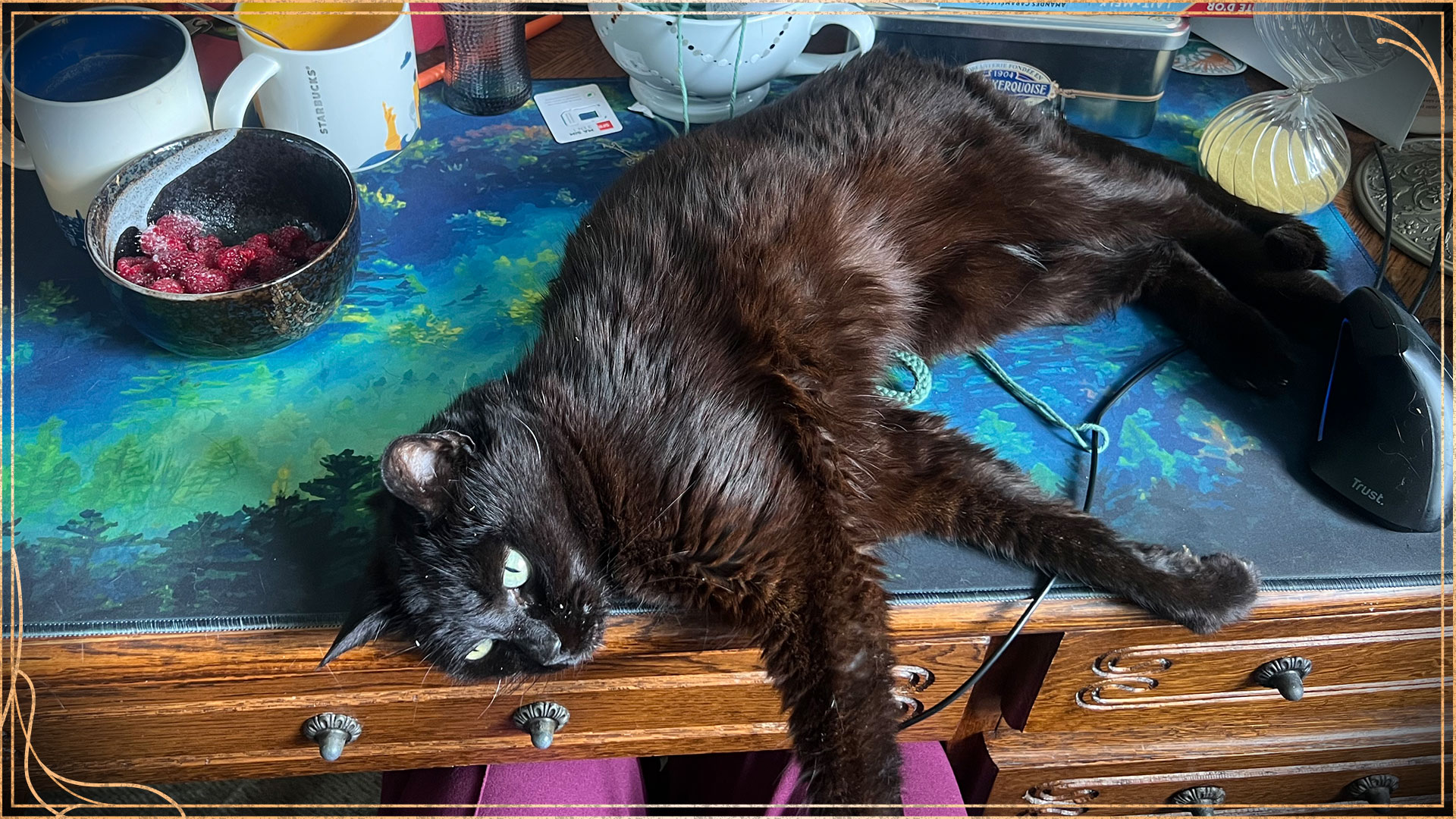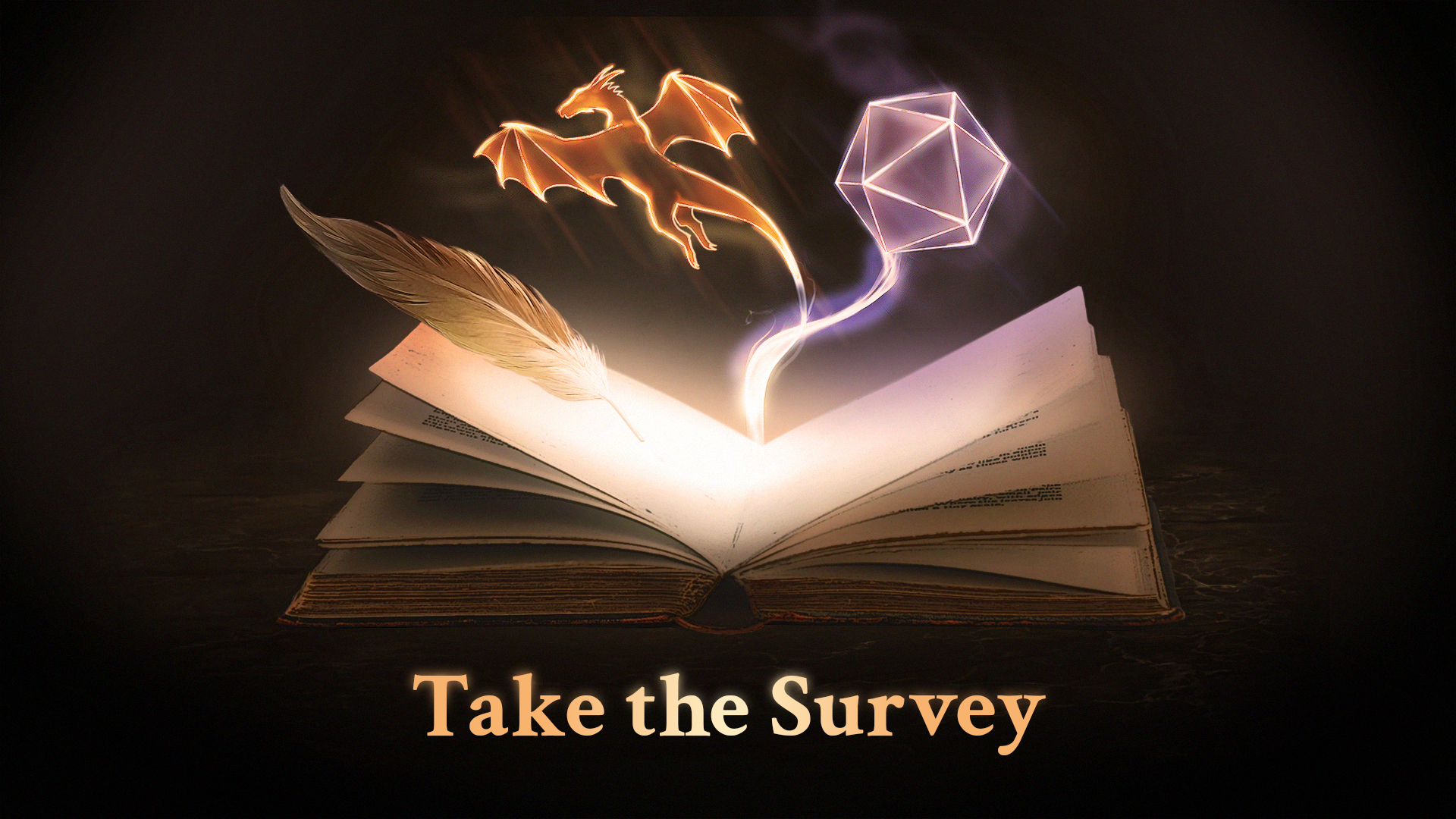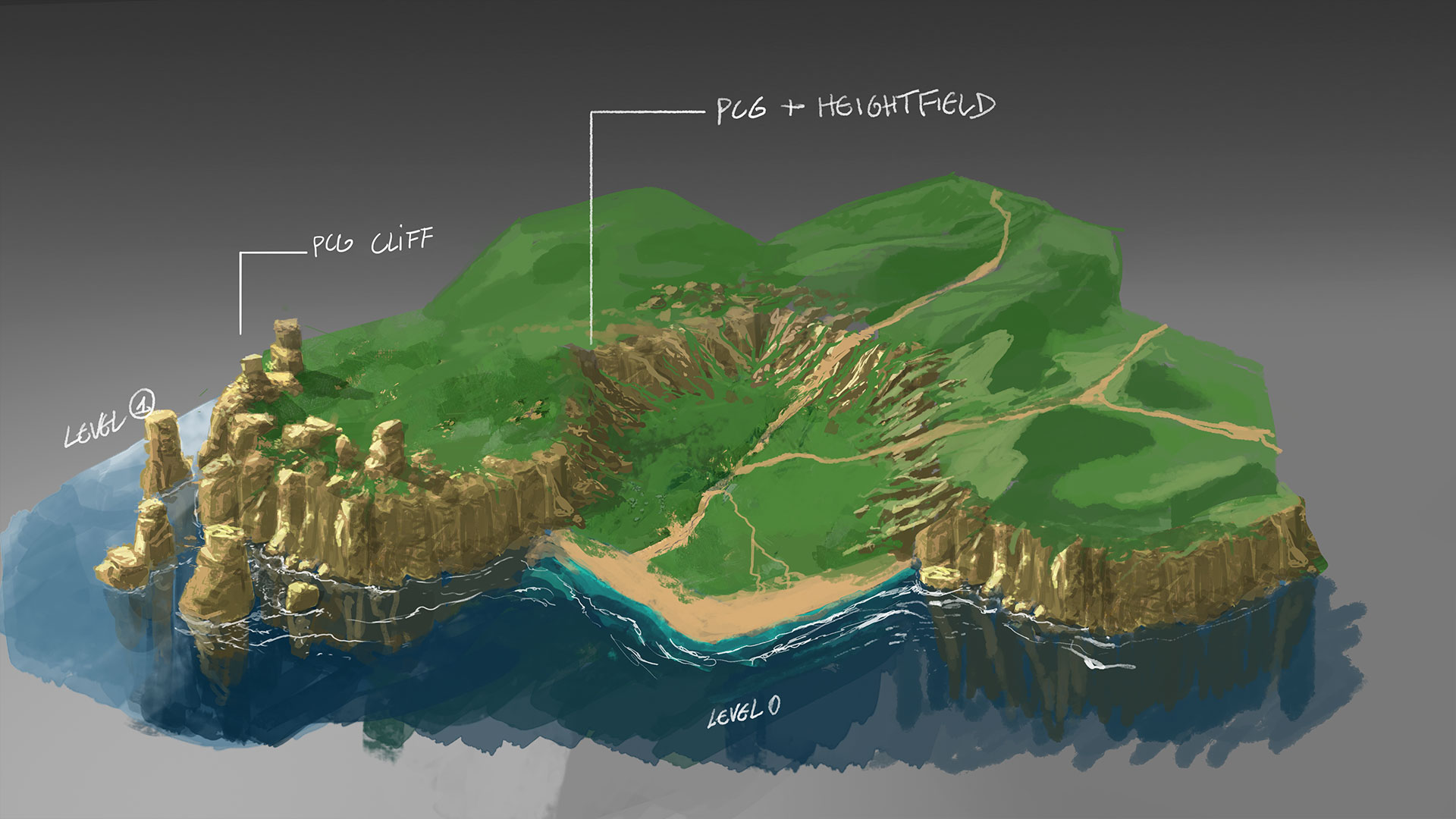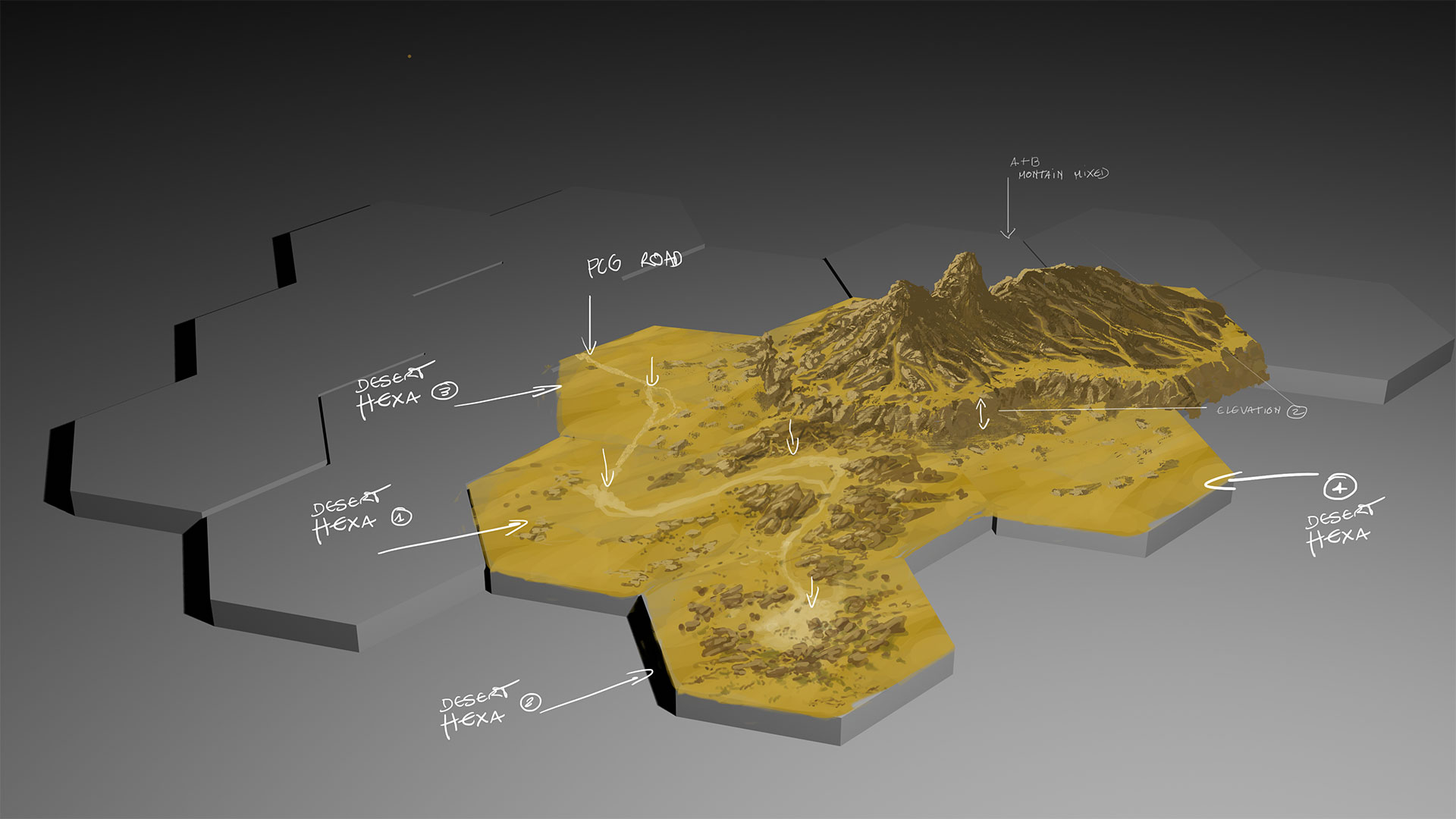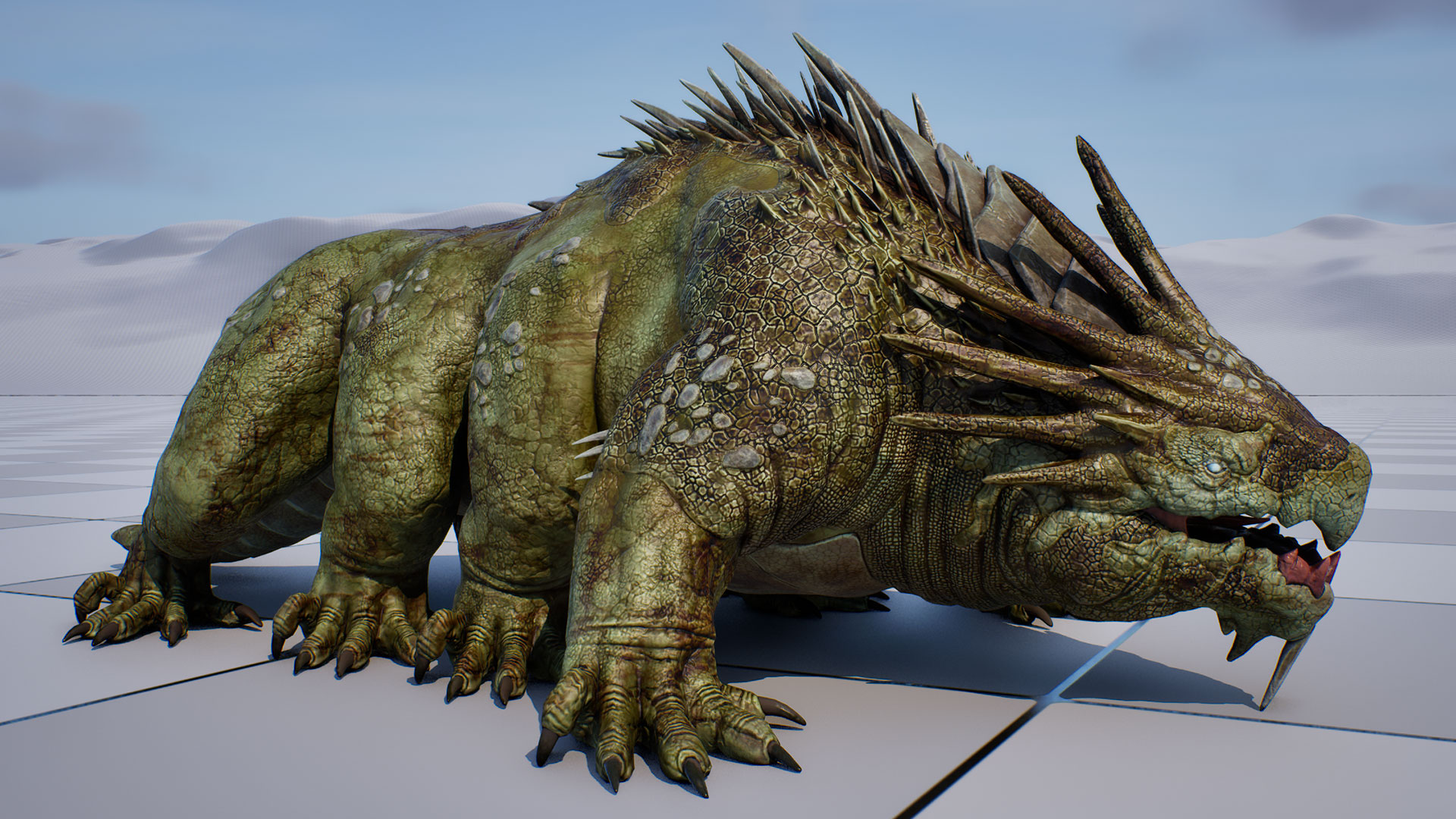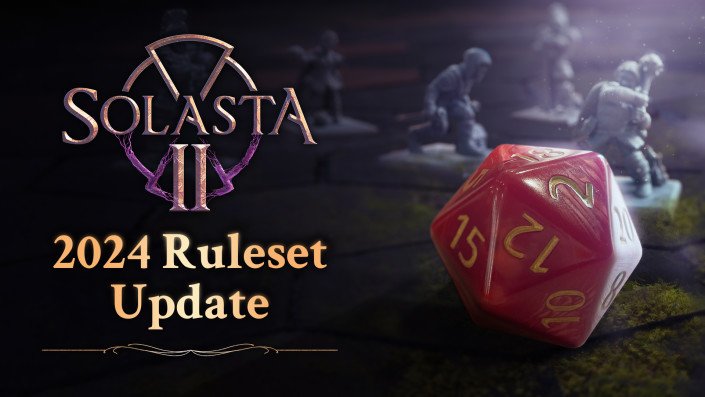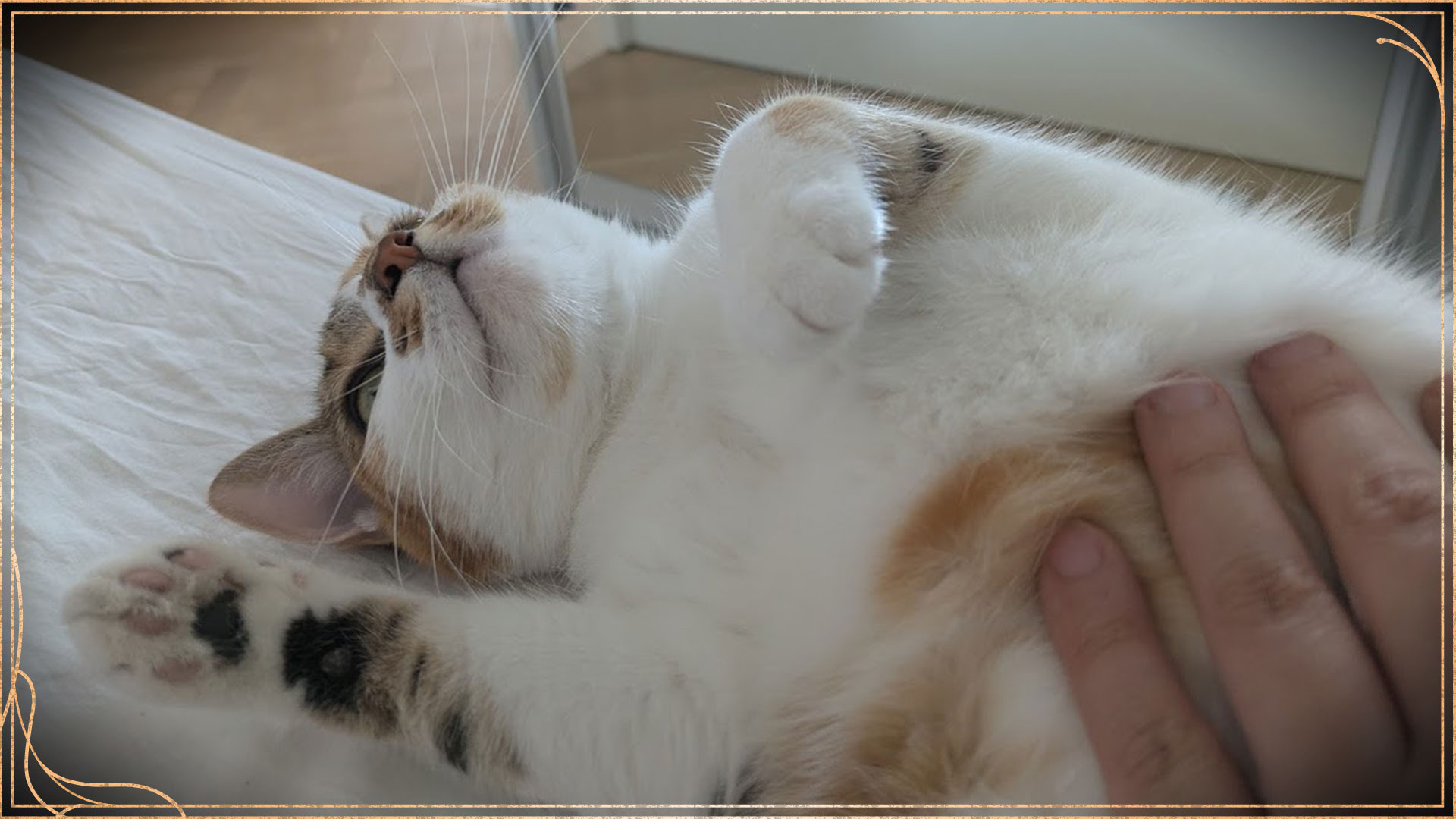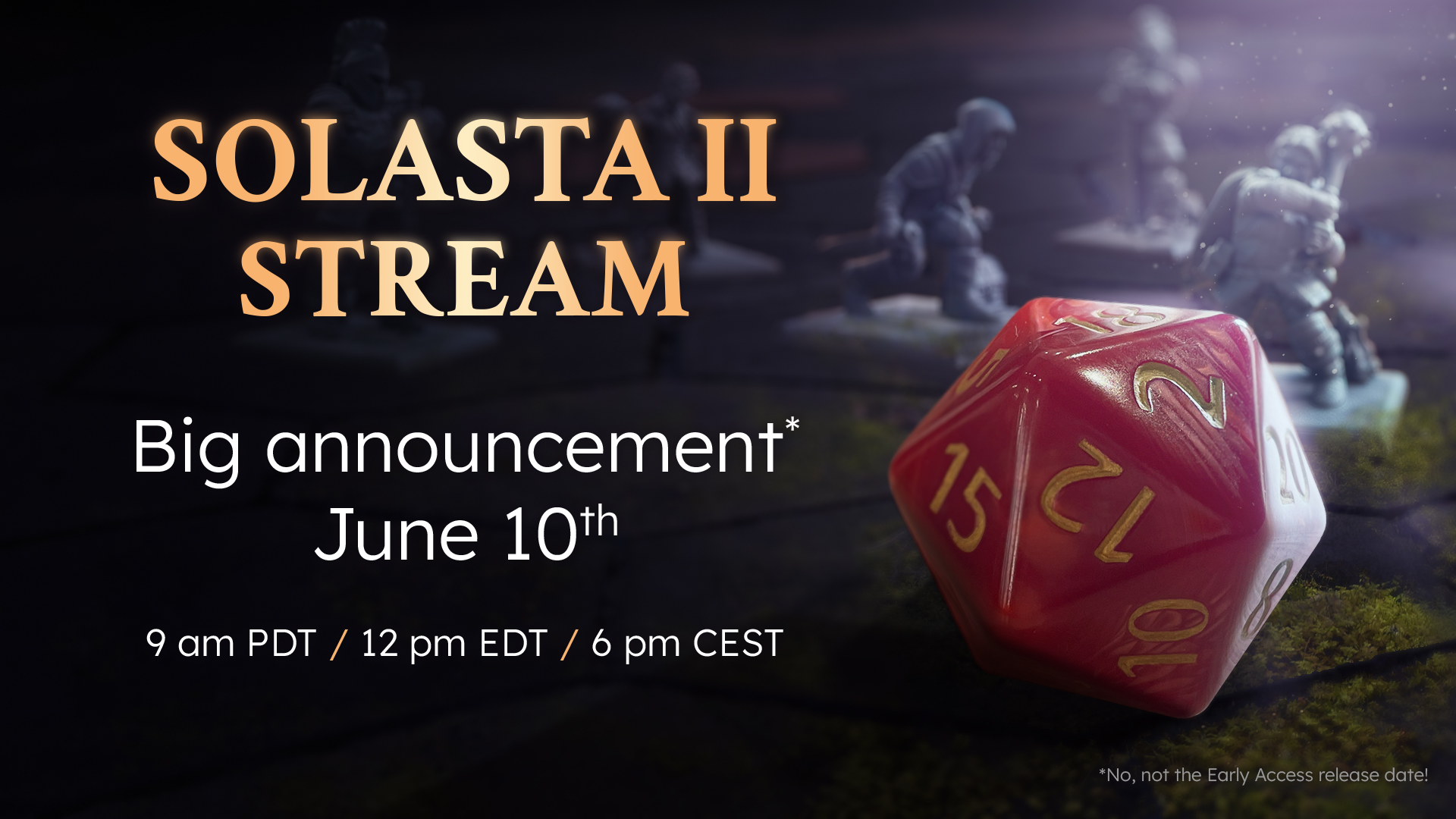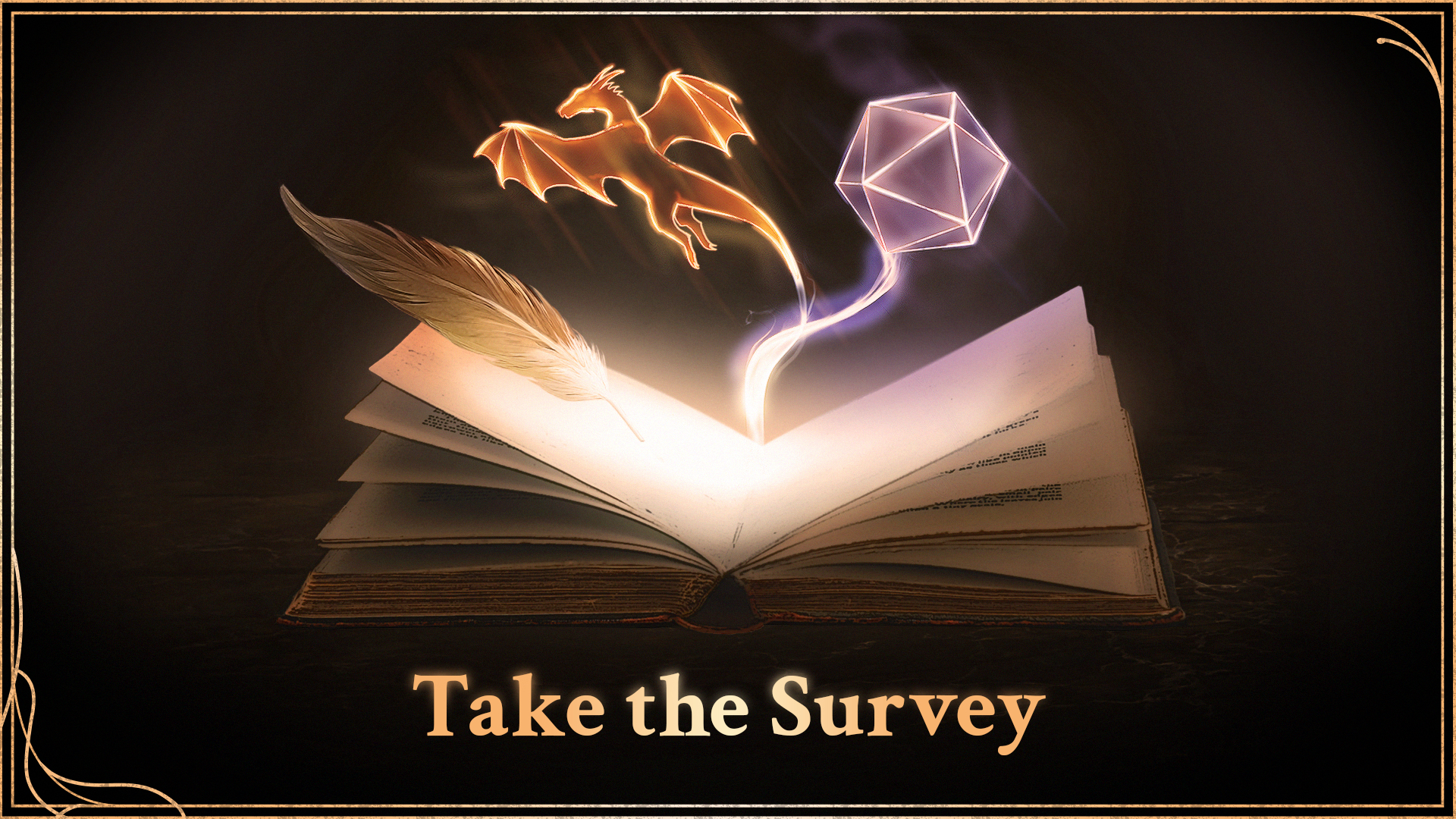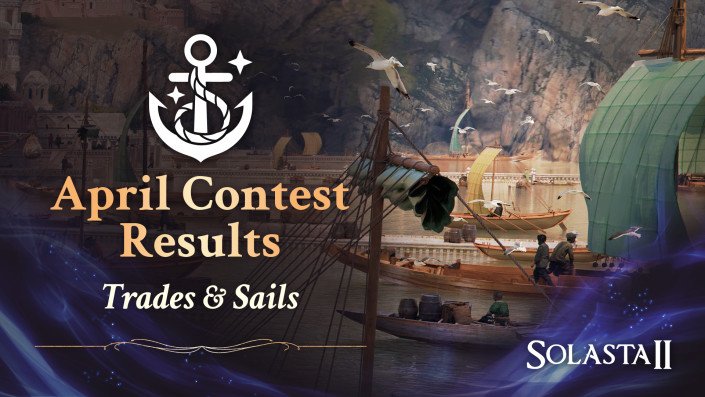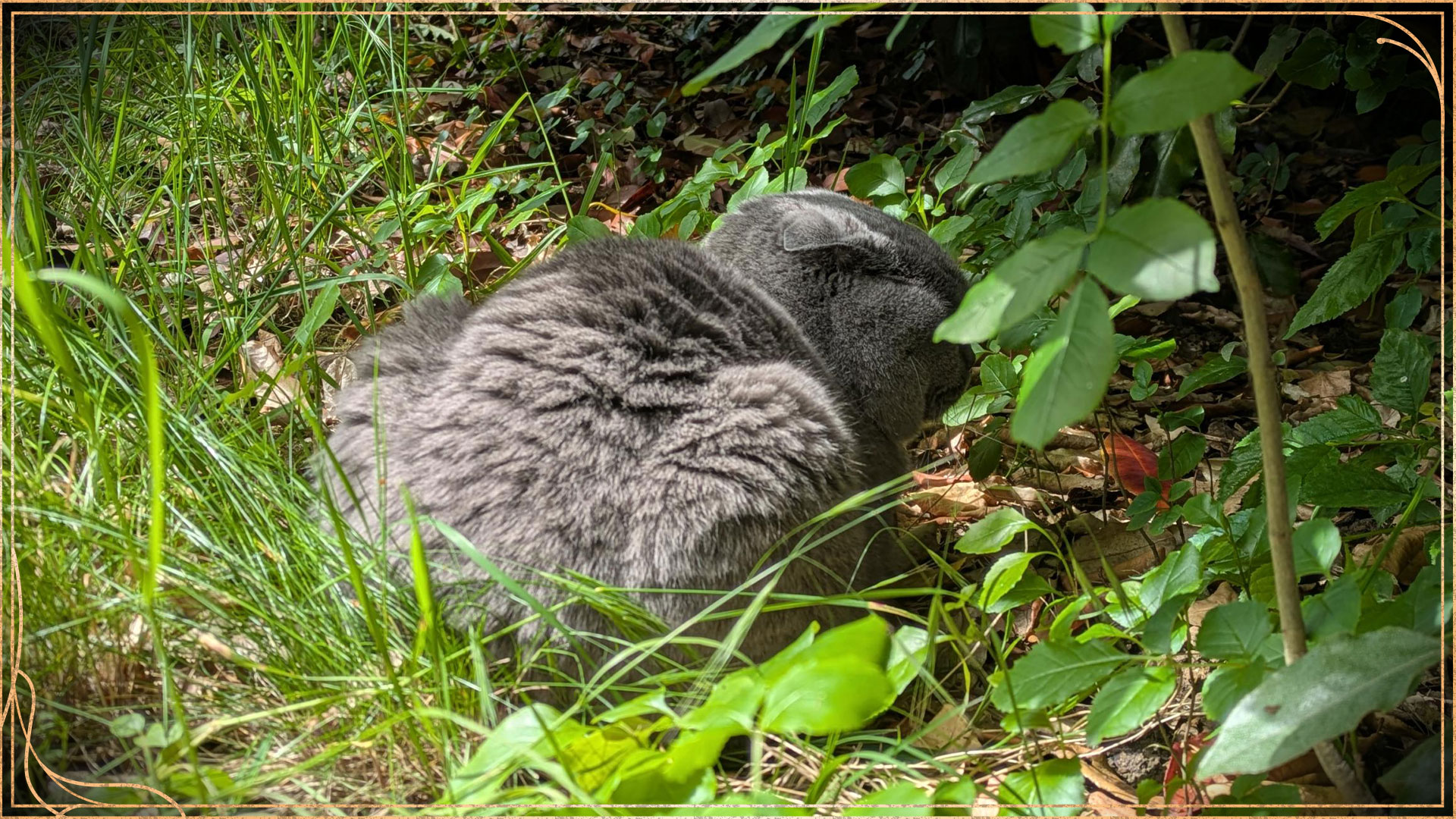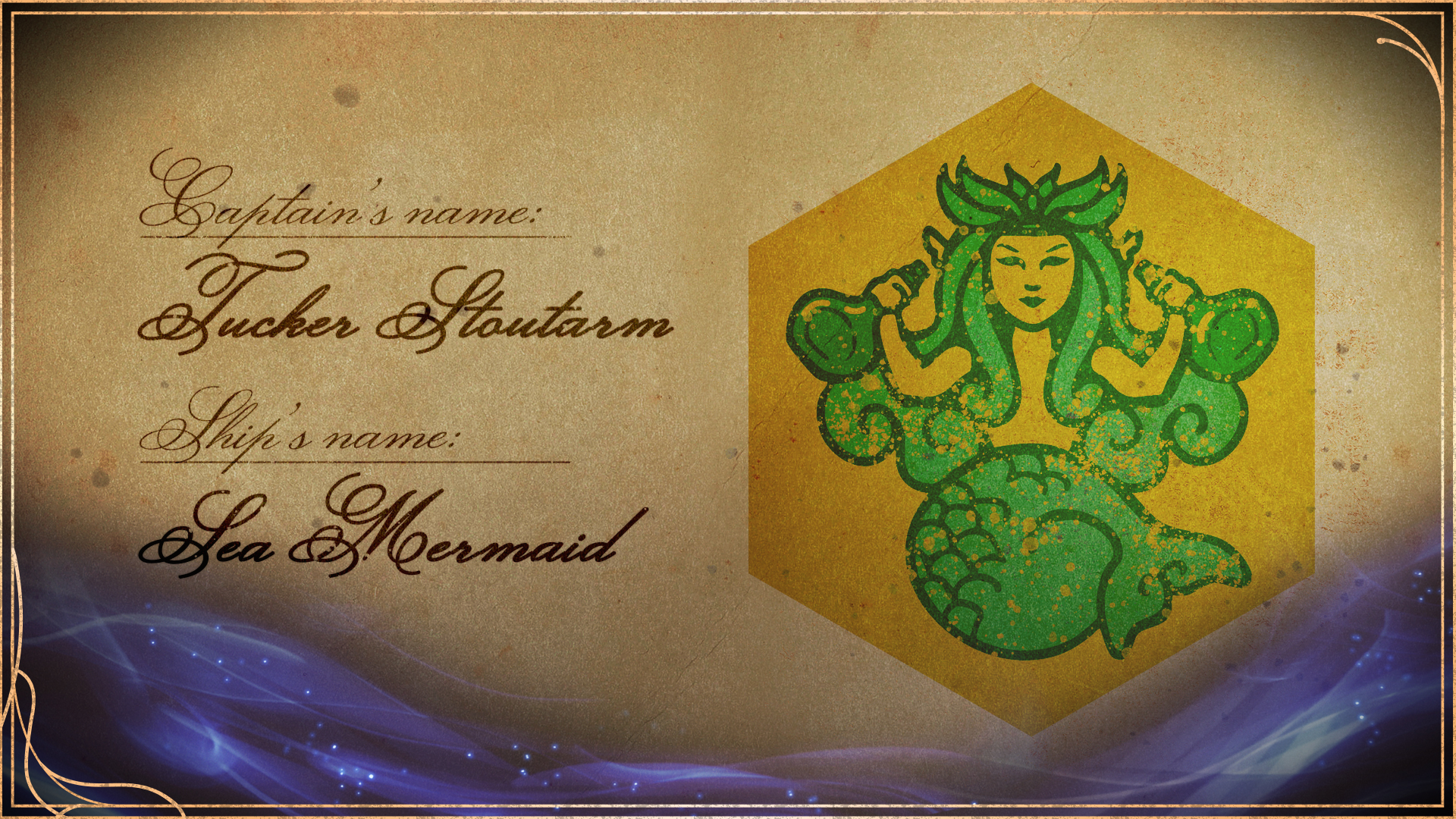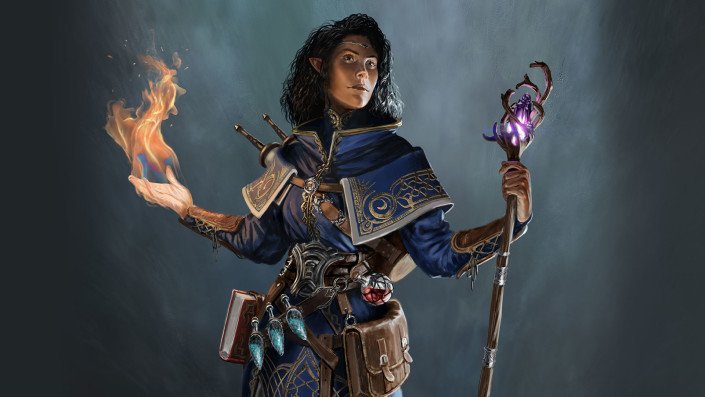Ready your quills, students.
Today we will be learning about the most refined of all classes, the distinguished and esteemed Wizard. For knowledge is power; and you are here to accumulate, to devour, to consume every last bit of it. May you have a spell penned for every situation, or rightfully suffer the consequences of your own ignorance.

Only simpletons sleep in my class. I should have known to expect this behaviour from a cat named Chat (no, seriously, that’s his name).
Before we start, don't forget to wishlist Solasta II on Steam - it helps us a ton!
The arcane at your fingertips
Ahhhh the good old Wizard, formerly known under the simple name of “Magic-User” in the Original version of D&D and Advanced D&D 1st Edition. In the past they were THE weakest class at low levels, with a measly 1d4 HP per level and no cantrip to speak of! I hope you like throwing daggers and shooting crossbow bolts while hiding behind other party members, because you’d do that a lot back then. And dying too. You’d die very easily.
Nowadays however, Wizards pose a respectable threat straight from the get-go - not having to rely on their low physical ability scores to score a hit with their crossbow or quarterstaff, instead being able to cast an endless amount of cantrips like Fire Bolt or Shocking Grasp. And with a d6 HP Die plus defensive spells like Mage Armor, Shield or even the newly buffed Blade Ward cantrip, they are a lot harder to take down too!
But enough reminiscing. Wizards, what are they good for? Absolutely n- no no no that’s not how it goes, if anything they are good at almost EVERYTHING. This is due to Wizards being the only Arcane spellcasting class that can accumulate an endless amount of spells thanks to their ability to scribe more spells in their spellbook. Unlike other arcane magic users, they are not just limited to learning new spells when leveling up. With enough gold and time, you can just copy any wizard spell from Spell Scrolls or other Wizards’ Spellbooks into your own.
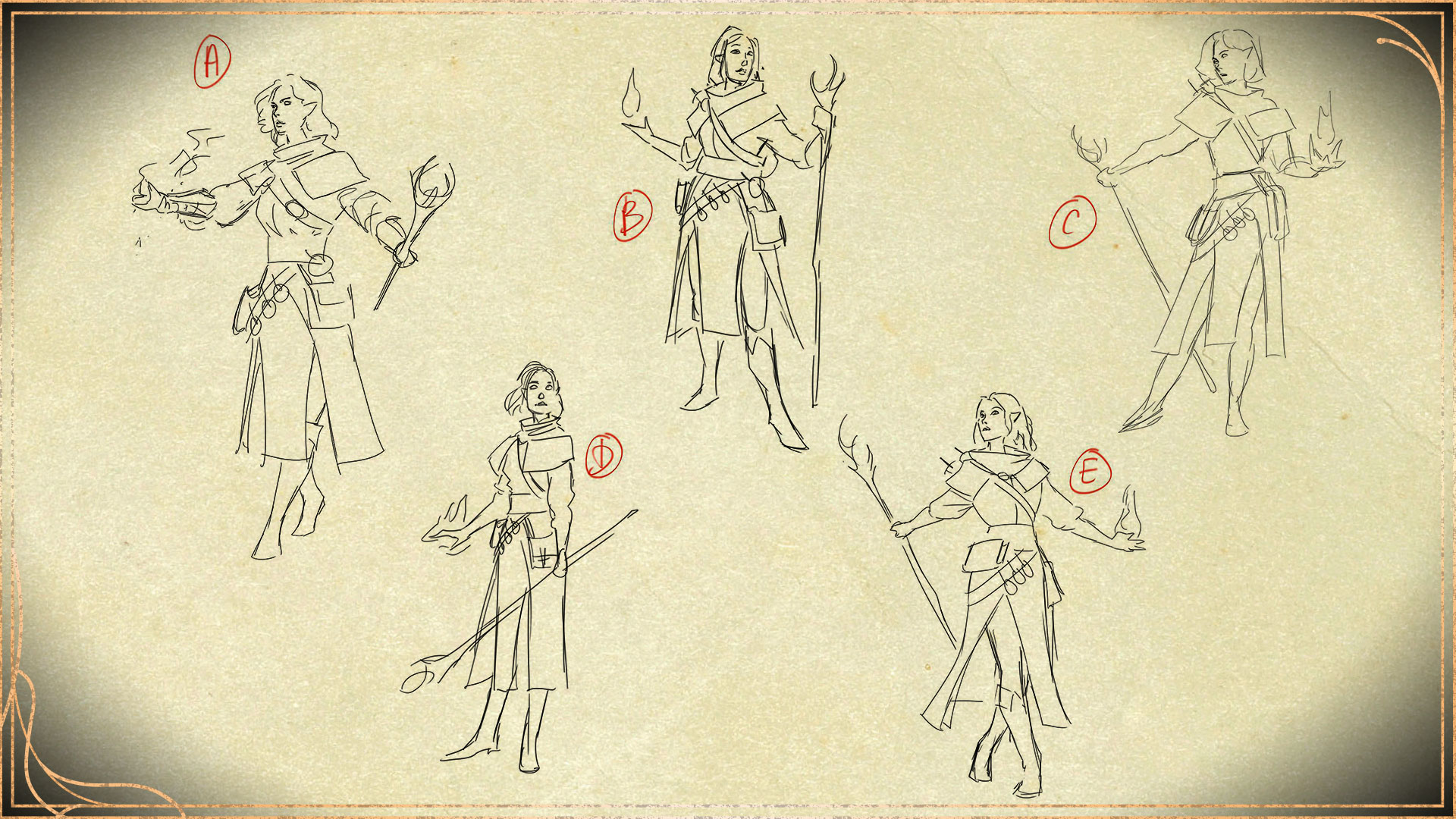
You might be wondering - aren’t Divine & Primal spellcasters able to prepare spells from their entire class spell list without restriction? So why are we talking like the Wizard is anything special here? Well, that would be because the Divine & Primal classes spell list are much more restrictive than the Wizard’s. They sport the insanely high number of 241 spells available in the PHB 2024. Compared to that, Clerics have 117 spells and Druid 135 spells.
This, in THEORY, gives Wizards the widest selection of spells and thus unreal versatility as there’s a spell for everything out there (there was even an attempt at giving Wizards the Modify Spell and Create Spell features in the Unearthed Arcana leading to D&D 2024). Now in practice it depends on how often you stumble upon Spell Scrolls and Spellbooks to copy spells from, as otherwise you’re still limited to 2 new spells per level (and that’s not a lot).
Because outside of spells, Wizards don’t get that many features. At level 1 Arcane Recovery gives them the ability to regain a few spell slots to avoid running out of fumes too early. At level 2 Scholar gives them the opportunity to specialize in one of the Knowledge skills (Arcana, History, Nature, Religion), Medicine or Investigation by giving them Expertise - which makes sense considering Wizards are supposed to be well learnt (although Investigation might feel a little outside that box). At level 5 Memorize Spell allows them to swap one prepared spell after each short rest to help with “oh no, I forgot to prepare that one spell which could really help us with this situation”.
Their next feature only comes at level 18, with Spell Mastery allowing them to choose one level 1 and one level 2 spell with a casting time of an action to cast at will - and the ability to swap them on a long rest. At last at level 20, you can select two level 3 spells to cast for free once per short rest with Signature Spells (although these ones can’t be swapped).
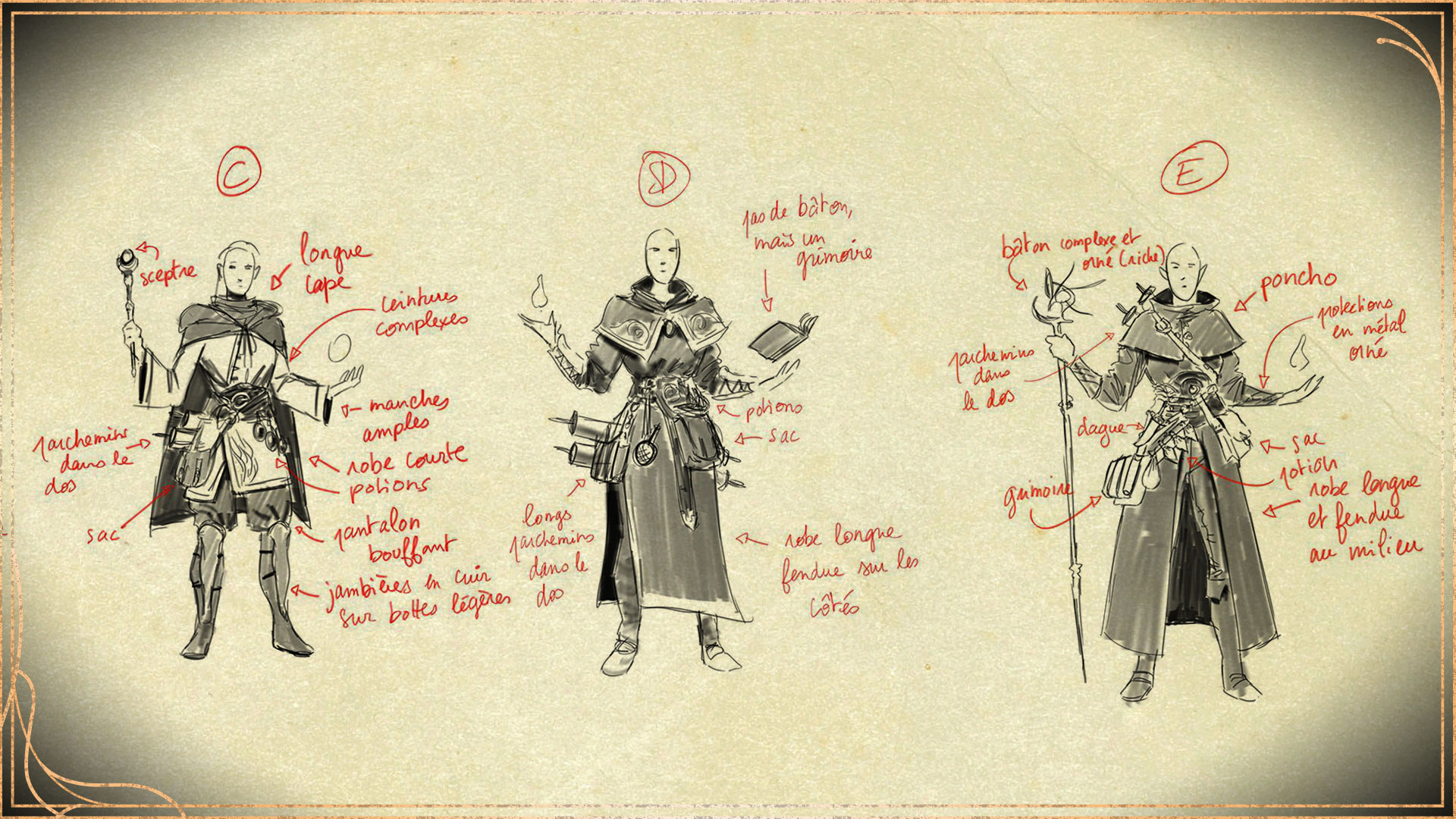
Now some of you newer players may wonder - how come Wizards get so few features? Well, you have to understand that each new spell you learn is somewhat like unlocking a new feature, but that you can choose. Wild Heart Barbarian can fly using Power of the Wilds (Falcon) at level 14? You can simply cast Fly from level 5. The Rogue’s Cunning Action allows you to Dash as a bonus action? Expeditious Retreat can do that too! The Shadow Monk gets Darkvision with Shadow Arts at level 3? Guess what, Darkvision is a level 2 spell as well.
Of course, it would be disingenuous to say every class feature can be replaced by a spell (and false) - not to mention you have a limit to how many spells you can prepare and cast every day. However, it does highlight just how versatile you can be as a Wizard if you learn the right spells for the right occasion. When people complain about the Martial vs Spellcaster gap, it’s most often due to outside combat activities. Infiltrating a castle becomes much easier if you can cast Invisibility. Who needs to roll Athletics to climb a wall when you can just use Fly? You intercepted a letter but no one can read Goblin? Comprehend Languages is here for you!
So, who’s up to roll a Wizard and become the magic-wielding swiss army knife of the party?
The Wizards of Solasta
Alright, time to dive into the Wizards from our first game! Which archetypes were good, which ones weren’t, and who was our favourite of the lot?
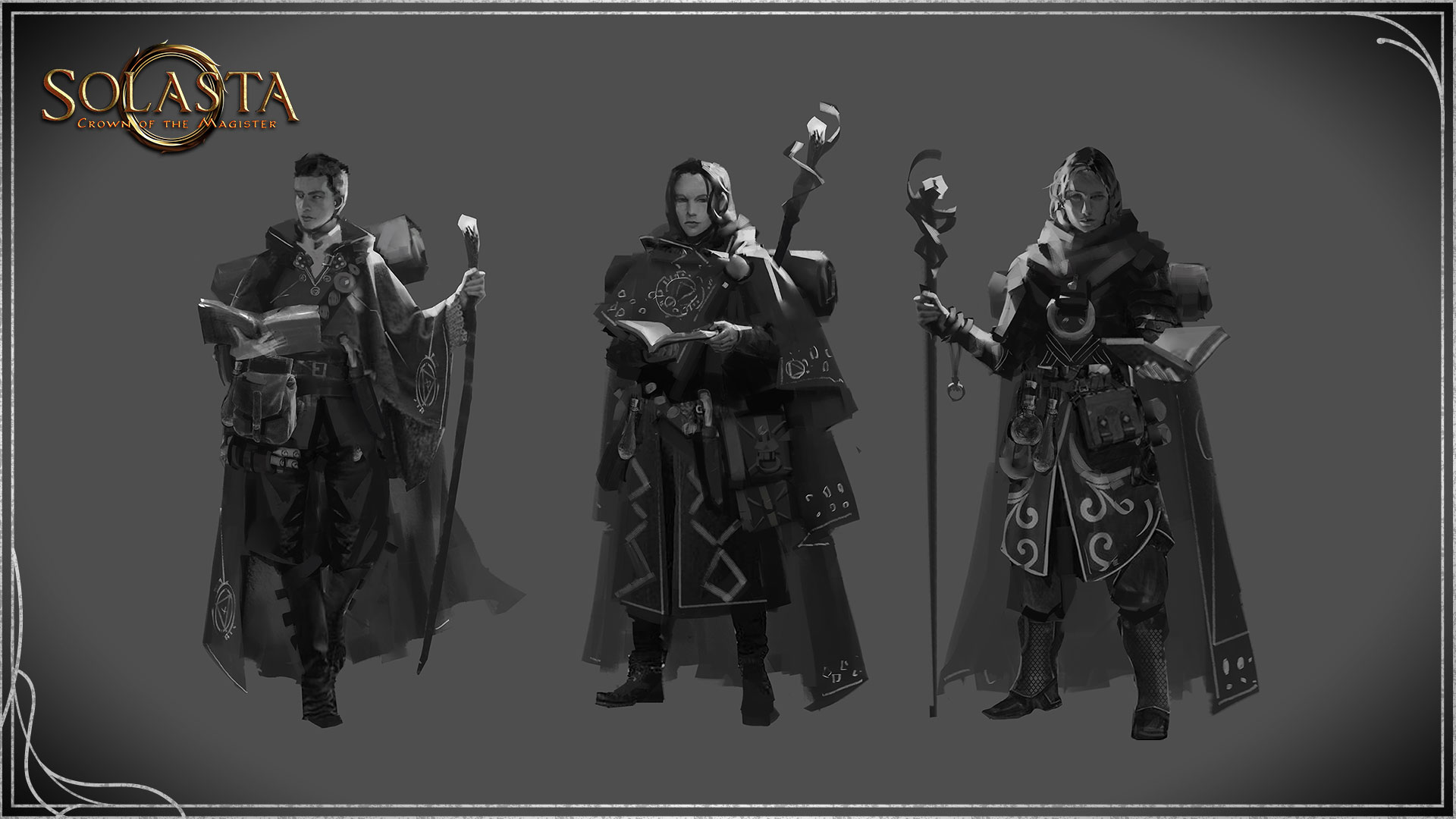
Shock Arcanist (Crown of the Magister)
Before we jump into the Shock Arcanist, let’s first talk about a little issue that pertains only to the Wizards. While all other classes had their SRD subclass with two homebrew subclasses, the Wizard’s subclasses were themed around the eight schools of magic - Abjuration, Conjuration, Divination, Enchantment, Evocation, Illusion Necromancy, Transmutation - with only Evocation being available in the SRD. Consequently, we thought it would be a little strange if we had Evocation but none of the other schools of magic as subclasses, so the Wizard was the only class to not feature their SRD subclass.
Due to this, The Shock Arcanist was quickly designed at the very start of the development cycle to have a functional Wizard subclass - which is why it has a lot of “video game” feel to it (vs the usually more Tabletop-driven approach we’ve taken in the subclasses that were designed later). Very much a lore-driven archetype, it was meant to represent the elite war wizards of the Manacalon Empire and to act as a parallel to the Evocation SRD subclass - a sort of “blaster” archetype with focus on pure damage numbers.
One consequence of needing to be playable very early can be seen with their War List spells, which instead of being selectable by the player were imposed on them. Those 15 spells were not given to you automatically - you had to select them when leveling up or scribe them, meaning you could theoretically be a Shock Arcanist with no spells that would benefit from your Arcane Warfare feature in-game. Not an ideal situation! For those who never played Shock Arcanist, this feature made you cast any spell from your War List as if you were using a spell slot of one level higher.
At level 6, you gained the ability to use a Bonus Action to enter Arcane Fury for one minute, increasing the damage of evocation spells by a flat amount scaling with your Proficiency and INT mod once per long rest. Unsurprisingly this caused a lot of inconsistencies as the wording wasn’t clear, with some assuming that multi-projectiles spells would multiply that extra damage (and to be fair there was a bug at first that did just that with Scorching Ray, making that one spell deal an disgusting amount of damage). Our intention was to make it proc’ once per spell at most, but we never properly wrote it down. Looking back there was also the issue of Arcane Fury being a little too similar to the Evocation Wizard’s level 10 Empowered Evocation feature (+INT mod to evocation spell damage), which isn’t great as we want our homebrew subclass to have their own identity.
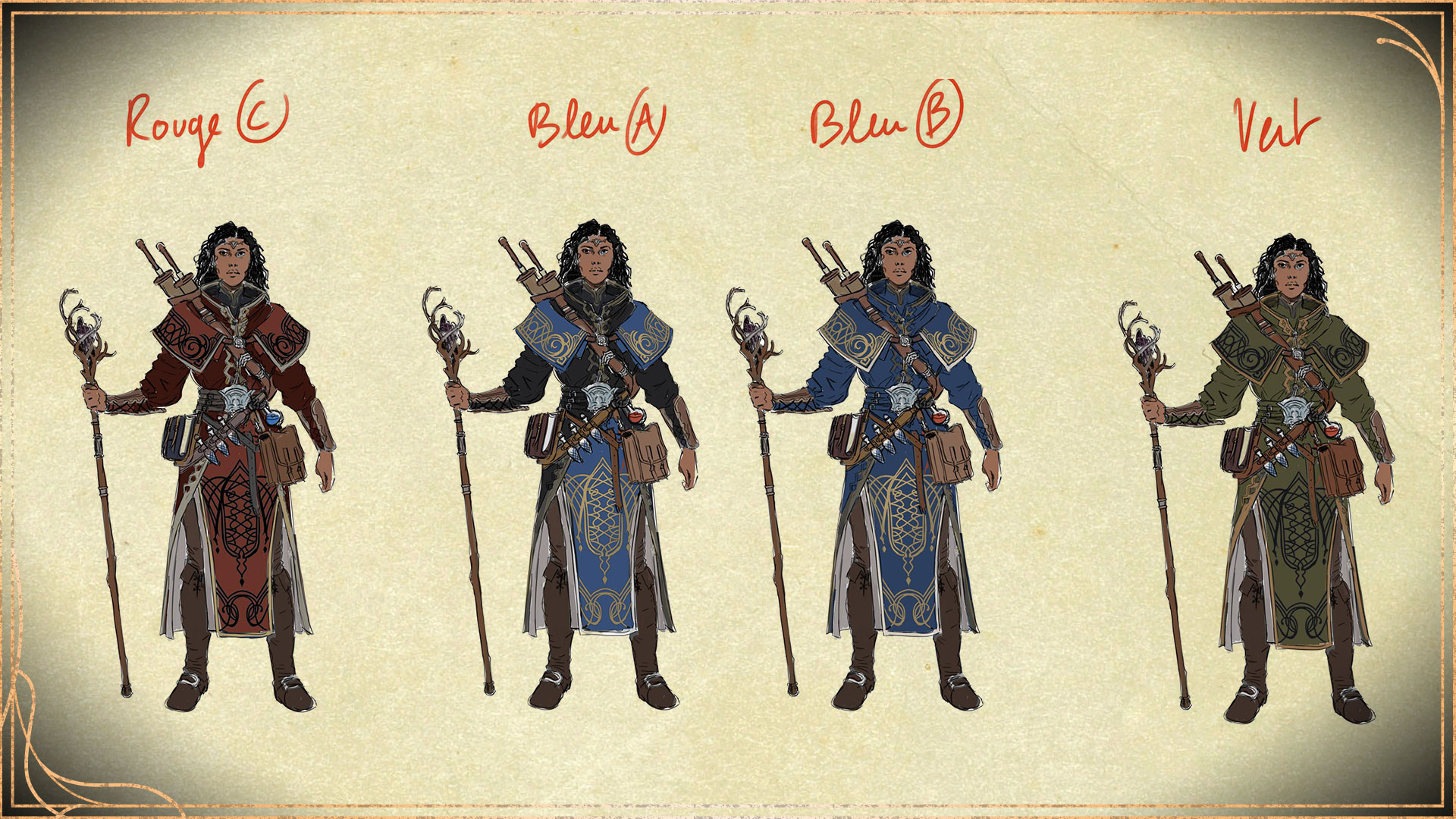
At level 10 things were starting to get even funkier, with Arcane Shock taking a Bonus Action and forcing YOU to roll a CON Saving Throw DC 14 (why 14?) or take 2D6 psychic damage. In return, you would become restrained but spells would deal no less than half of the maximum dice roll value - for example, a fireball (8d6) would deal at least 24 damage (out of a maximum of 48 damage). You also did gain Proficiency in Constitution Saving Throw at that same level to offset that a little, also boosting your chances to keep concentration when hit.
Finally at level 14, Greater Arcane Shock would similarly force you to roll a CON saving throw DC 16 or take 7d6 psychic damage, but this time maximizing the dice value on your next spell damage roll - usable only once per long rest. Now of course those designs parallels that of the Evocation Wizard’s Overchannel, which in exchange for forcing the spell to deal maximum damage would deal 2d12 necrotic damage per spell level if you used it more than once a day. Again, a result of us rushing to make a usable Wizard subclass when we decided Evocation wouldn’t be implemented - many features do feel very similar, and not in a better way either - arbitrary DC and damage numbers with little rhyme or reason were not the way.
Understandably when we started working on the revised Sourcebook, we went back to the drawing board with the Shock Arcanist to try and pry it away from its Evocation roots. Arcane Warfare now worked on all spells that would increase their damage roll when upcast and was no longer at will, having a set number of uses per day. Arcane Fury was removed and the entire identity of the archetype, Arcane Shock, was moved to level 6. It would allow the Shock Arcanist to access different options, all with different drawbacks - but only if used more than once a day.
Arcane Shock (Power) would be unlocked straight away at level 6, and would allow you to roll the spell damage twice and keep the highest of the two rolls, with the drawback of taking psychic damage equal to twice the spell slot used. Arcane Shock (Pierce) got unlocked at level 10 and allowed you to bypass Magic Resistance and any damage resistance, with the drawback of taking damage equal to thrice the spell slot used. Finally, Arcane Shock (Overwhelm) became available at level 14, allowing you to inflict full damage on your spell even if your target succeeds on their saving throw (only affects the damage, not the other effects) - with the drawback of becoming blinded and deafened until the end of your next turn.
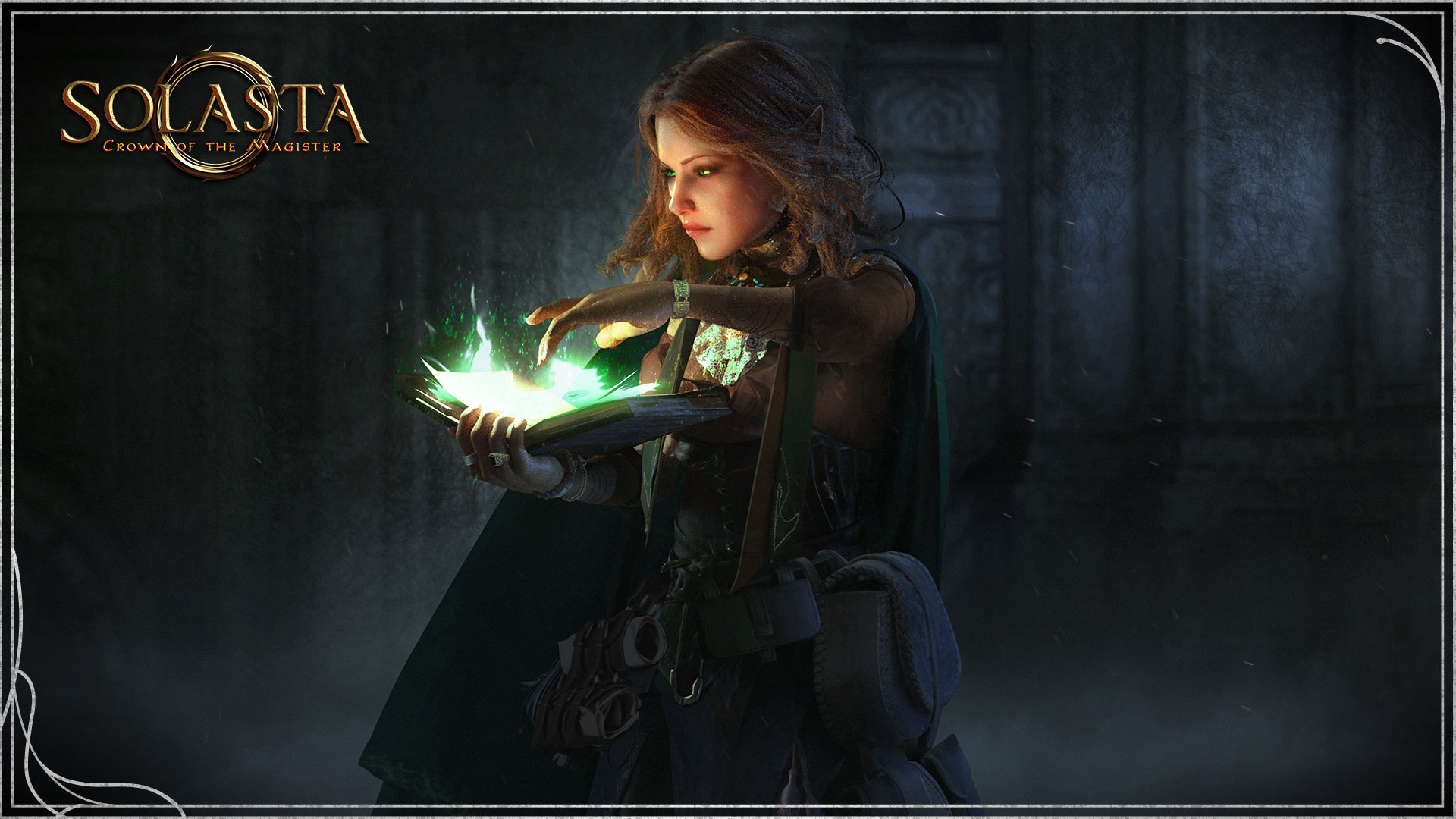
Additionally, you also unlocked Prepared for War at level 10, a unique feature that improved your Wizard Hit Die from D6 to D8 to better soak the damage from Arcane Shock, and Wrath of the Magister at level 10 improving Arcane Warfare to cast spells as if you used a slot of two level higher (instead of one), and allowing you to combine different options of Arcane Shock together (also combining the drawback).
Final Verdict? You could very much feel the circumstances that led to the birth of the Shock Arcanist, who very much started as an offshoot of the Evocation Wizard (and not in a good way). However even with all their issues, many players do appreciate having a full blaster spellcaster archetype as - let’s be honest - it is very much entertaining to see big numbers and make enemies go boom. Still, after the rework the Shock Arcanist manage to stand on their own two feet with a strong identity, without treading into the Sorcerer’s Metamagic either (which did happen in some of the rework iterations).
Greenmage (Crown of the Magister)
Another product of its time, the Greenmage was our way to add Primal spells to a game that did not have the Druid planned! You have to remember that Solasta 1 was intended to launch with only 6 classes: Fighter, Rogue, Cleric, Wizard, Ranger, Paladin - plus the promise of the Sorcerer after launch. However, we were not sure we would ever get around to adding the 5 other classes: Barbarian, Druid, Bard, Monk, Warlock - as there were debates between supporting post-launch with DLCs or moving on to another project.
As Crown of the Magister’s release was well received, we ended up deciding to stick around for a bit longer - and that “bit longer” became even longer when the addition of Multiplayer gave our game a second wind with Lost Valley. Which in turn motivated us to make that one last push to get all the missing classes AND a higher level cap (the two most popular requests by our players) before moving on.
Anyway, back on track with the Greenmage - as you now understand, this archetype was created to make use of Druid spells as we did not know if we would ever implement the Druid. But did you know Greenmage almost got shelved? All the way back in December 2019 just 3 months after our Kickstarter Campaign, we held a vote to see which Wizard subclasses we would keep - with the 3 choices being Loremaster, Greenmage and Stonemage. While the Loremaster won convincingly with 44% of the votes, the Greenmage was barely 2% ahead of the Stonemage. You almost got a Stone / Rune / Dwarf themed Wizard in Solasta 1!
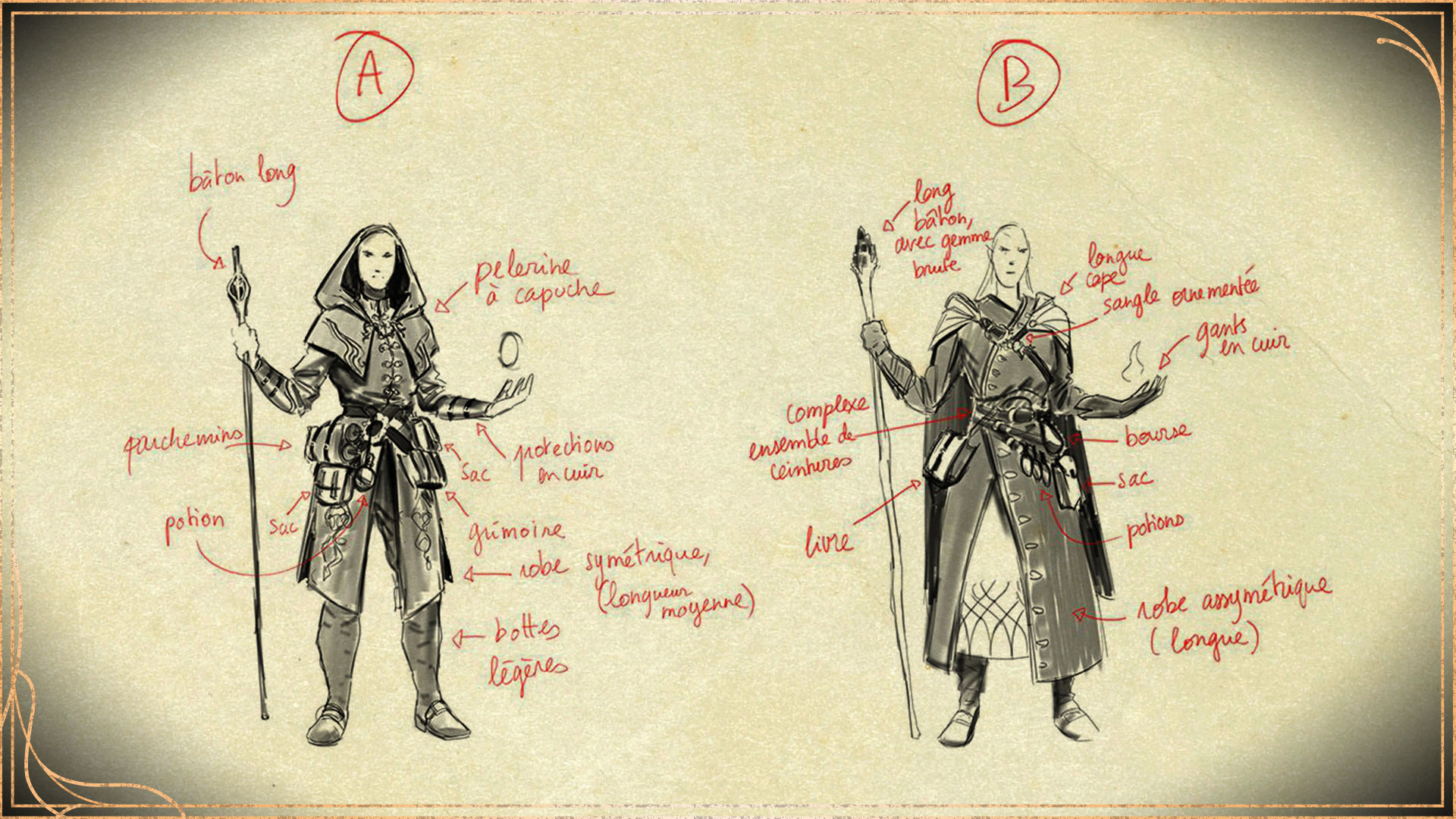
Woops, got sidetracked again. Lorewise, the Greenmages were the counterpart to the Shock Arcanists. Sylvan elves who broke themselves away from the High Elves Manacalon Empire, they developed more hybrid skills as skirmishers and managed to tap into Primal Spells on top of Arcane ones. They not only covered the lack of Druids, but also of Multiclassing - giving you a full caster with some martial options. This made them very popular with our players, but let’s be honest balance-wise they were a little too strong, not to mention they stepped on both the Ranger’s and Druid’s toes (one foot for each).
Starting with Green Magic at level 2, which simply gave them access to most Druids spells available in Solasta. This alone would make the subclass broken on Tabletop, because unlike Divine Soul Sorcerers who can learn Cleric spells or Bards who can learn spells from almost all lists with Magical Secrets, the Wizard… has the ability to scribe spells in their spellbook. So they’re not just learning one or two spells for each level up, they are potentially penning down the entire Druid spell list into their sourcebook, pushing their versatility even further beyond!
Because of that, their other level 2 feature is often forgotten, even though it’s also extremely strong too. Warden of the Forest provides the Wizard with Light Armor proficiency (removing the need of casting Mage Armor and allowing Wizards to benefit from magical Light Armors later), Archery Fighting Style AND the Ranger’s Natural Explorer (Forest) feature. So not only are we stealing from the Druid, we’re also blatantly taking the Ranger’s belongings as well. You wouldn’t scribe a carriage, would you?
Moving on to level 6 with Entangling Shot, which allows you to restrain enemies you hit with your arrows for a round if they fail a STR saving throw. This feature is interesting as it gave you more crowd control that did not rely on you using Spell Slots - and while as a Wizard you would often rather be casting spells, at level 6 your cantrips still haven’t completely eclipsed your bow shots with Archery Fighting Style if you have a decent DEX score. Effectively, you could think of Entangling Shot as a limited use Cantrip that could also restrain, which is pretty good!
At level 10 you got one of the more powerful defensive tools in Solasta’s arsenal: Leaf Scales. Using your reaction, you could halve any damage from a spell or ranged attack - not unlike the Rogue Uncanny Dodge, but with a twist. And a rather positive one at that! Being able to halve damage from spells that don’t require an attack roll is pretty huge, as the damage of a single spell tends to quickly overshadow the damage of a single attack. From the simple 8d6 Fireball to the 7d8+30 Finger of Death, you’ll be glad to halve those, especially as a squishy mage.
We round it up at level 14 with Weakening Entangling Shot, an improvement to the level 6 feature that gives its target disadvantage on all saving throws for a round. A simple, yet deceptively powerful debuff - usually when class powers inflict disadvantage, it’s limited to one instance (like against the next spell), or to you (only get disadvantage against spells cast by you). But this power gives disadvantage on ALL saving throws to your target, no matter the situation, no matter who is targeting them, it doesn’t even care if it’s from a spell or not! Obviously a little too overtuned, it would likely need to be hit with a nerf bat pretty hard.
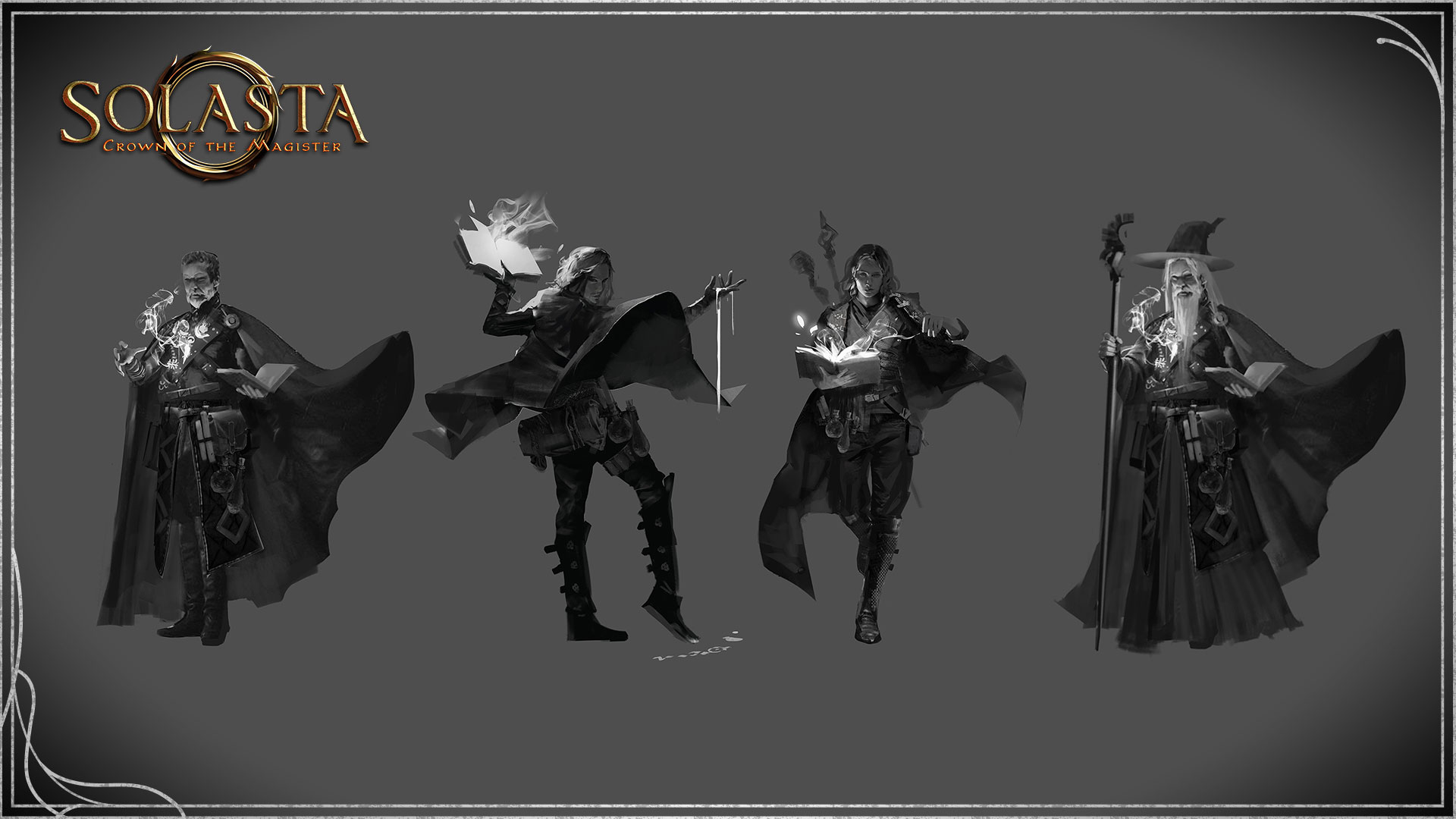
So how did we balance all that in the Sourcebook, which had to take into account both Multiclassing and the fact that Druids simply exist? Well, first Green Magic had to be reined in. We decided to tune it more to the likes of Domain Spells for Clerics, with the Greenmage getting access to an expanded spell list at level 1, 3, 5, 7, 9 with spells from the Druid Spell List. Spells that lore-wise would fit the Manacalon era conflict like Animal Friendship, Call Lightning, Freedom of Movement and Insect Plague. It does cull down the versatility of the Greenmage by quite a bit, but it was necessary for it to not power creep all other Wizard subclasses.
Warden of the Forest remained relatively the same, with the only change being the removal of the Natural Explorer (Forest) part since that was 100% a Ranger Feature (which also got removed in the 2024 edition, and we wanted our Revised Sourcebook to be as 2024 friendly as possible). Level 6 Entangling shot was tweaked a little by now requiring a bonus action to trigger after the hit (to avoid cheating the action economy too much), but now also added your Wizard level as extra damage to give it a little more oomph.
And while the power Leaf Scales remained unchanged, the level 14 feature changed to Infused Shot. And oh boy, where to start. Infused Shot as an idea came from the Arcane Archer prestige class in 3.5e, who from level 2 got the Imbue Arrow feature. This would allow them to cast area spells into an arrow, then shoot the arrow and have the spell trigger from where the arrow lands. Theme-wise, perfect for the Greenmage! Gameplay-wise, when you start digging into it you realize how complex it became - what happens in this case? That case?
Even though it was a huge headache, we still decided to go with it as it really felt right for the Greenmage to have that - and considering it is a level 14 feature (and for Tabletop and not the video game), we could afford to take a little more risks. Using Glyph of Warding as a baseline, we wrote a long set of rules to hopefully make sure everything was clear.
First of all and independent of all that, you would now be able to use range weapons with your INT instead of DEX at level 14 (to avoid the situation of feeling frustrated to be gated by your DEX instead of using your INT as every Wizard does). Only spells with a cast time of 1 action and not a range of self could be infused in the arrow. Spells would automatically fail if the target was invalid (like shooting a Haste arrow on an unwilling creature). So on and so forth. Honestly the list is very long, but for those of you who are curious remember that the Revised Sourcebook is being sold by Modiphius (both in physical and PDF format) so you can grab a copy if you want!
Final Verdict? The Greenmage is extremely interesting as an archetype, as it was born from a void left by another official class not existing in Solasta 1.0. Obviously if you were to take the original Greenmage and put it on Tabletop, it would make little sense - but the fact that many players loved them likely points to the lack of “multi-spellcaster mix” archetypes like the Mystic Theurge in 3.5e, who would level both arcane & divine spellcasting classes at the same time. Reworked Greenmage feels more like a Wizard-Ranger, but where Ranger is 80% martial 20% caster, Greenmage is more 90% caster and 10% martial. An unique archetype that really pulls the Wizard away from their classic staff-wielding book-reading robe-wearing elder image.
Loremaster (Crown of the Magister)
As if we were going for opposites after the Greenmage, the Loremaster’s role was to be the Wizardiest Wizard to ever wizard. Winner of the 2019 December Wizard Community Vote, this archetype took everything from their core class and offered just more of that. To be to the Wizard what the Champion is to the Fighter.
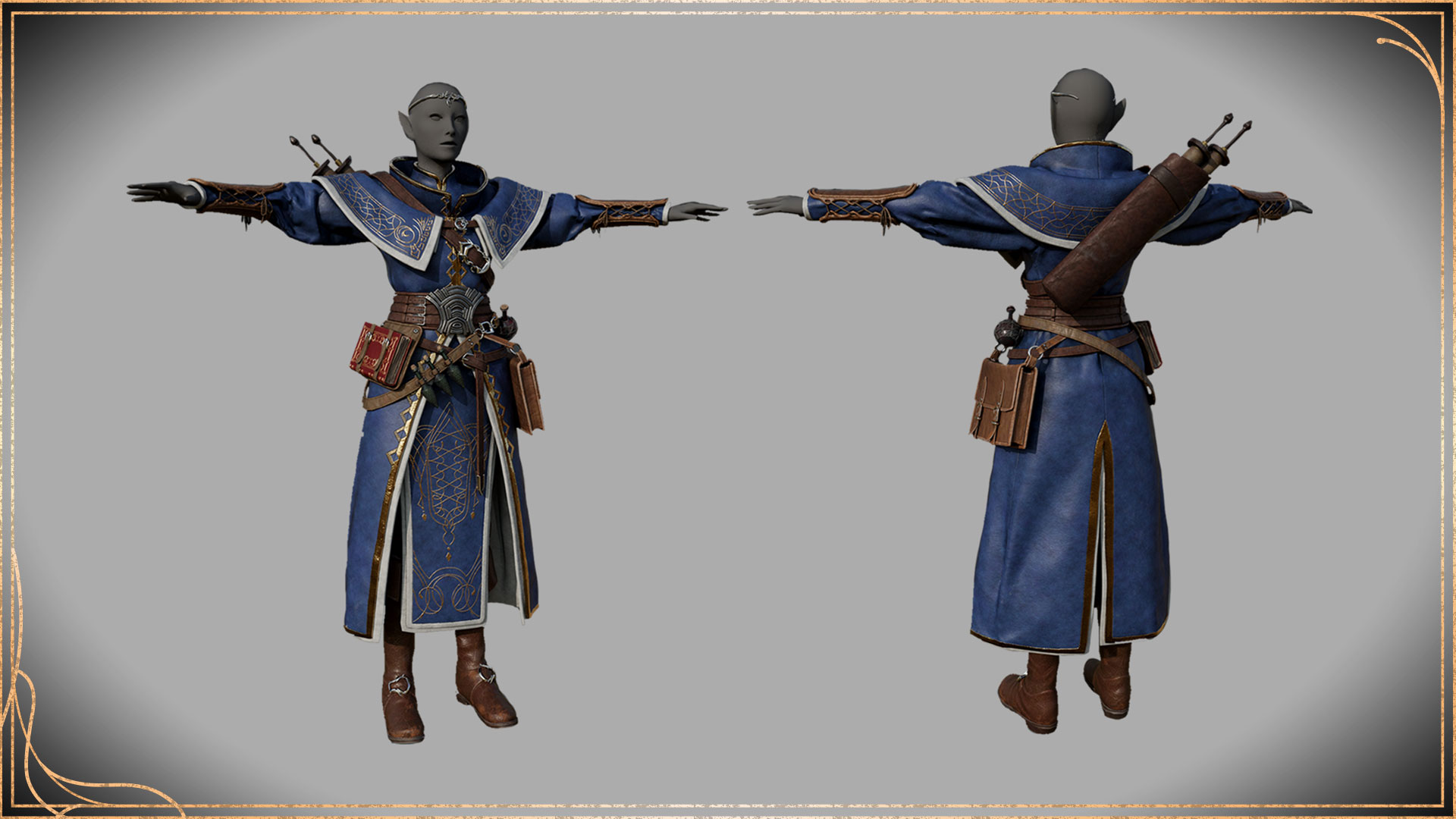
And it did its job very well! At level 2, Keen Mind gave them advantage on Arcana, History and Investigation checks - something that we did quite a bit in Solasta, giving advantages on Skill Checks, not necessarily for the best - including the Arcana Check to scroll new spells into their spellbook. To top it off, they also reduced the time required to craft potions and scrolls by half. Nothing flashy, but that made your life as a Wizard easier.
At level 6, Spell Academic simply gave you an extra spell each time you leveled up. Granted this feature would be much better on any spellcaster that is NOT a Wizard (due to them being able to scribe more spells already), but since you’re not always guaranteed to find the spell you’re looking for out there it helped plan out your spell list with more consistency.
Arcane Lore at level 10 let you learn 2 additional cantrips and increased the maximum number of spells you could memorize, giving you more versatility by having more spells prepared than your peers. And at last, at level 14 came Arcane Professor, granting you 4 additional cantrips from ANY class, and an extra level 1, 2, 3 and 4 spell slots. More spells!
Now compared to most other subclasses we designed, the Loremaster is one of the most straightforward ones so there is fairly little to say. With its Revised Sourcebook rework, we mostly aimed at ironing out the kinks in its design. Keen Mind no longer gave advantage on some skill checks, instead giving out skill proficiencies. An additional feature called Pursuit of Knowledge was given at level 2 that grants one additional level 1 spell and cantrip from any class to the Loremaster, giving them a little more of an interesting welcome package to play with.
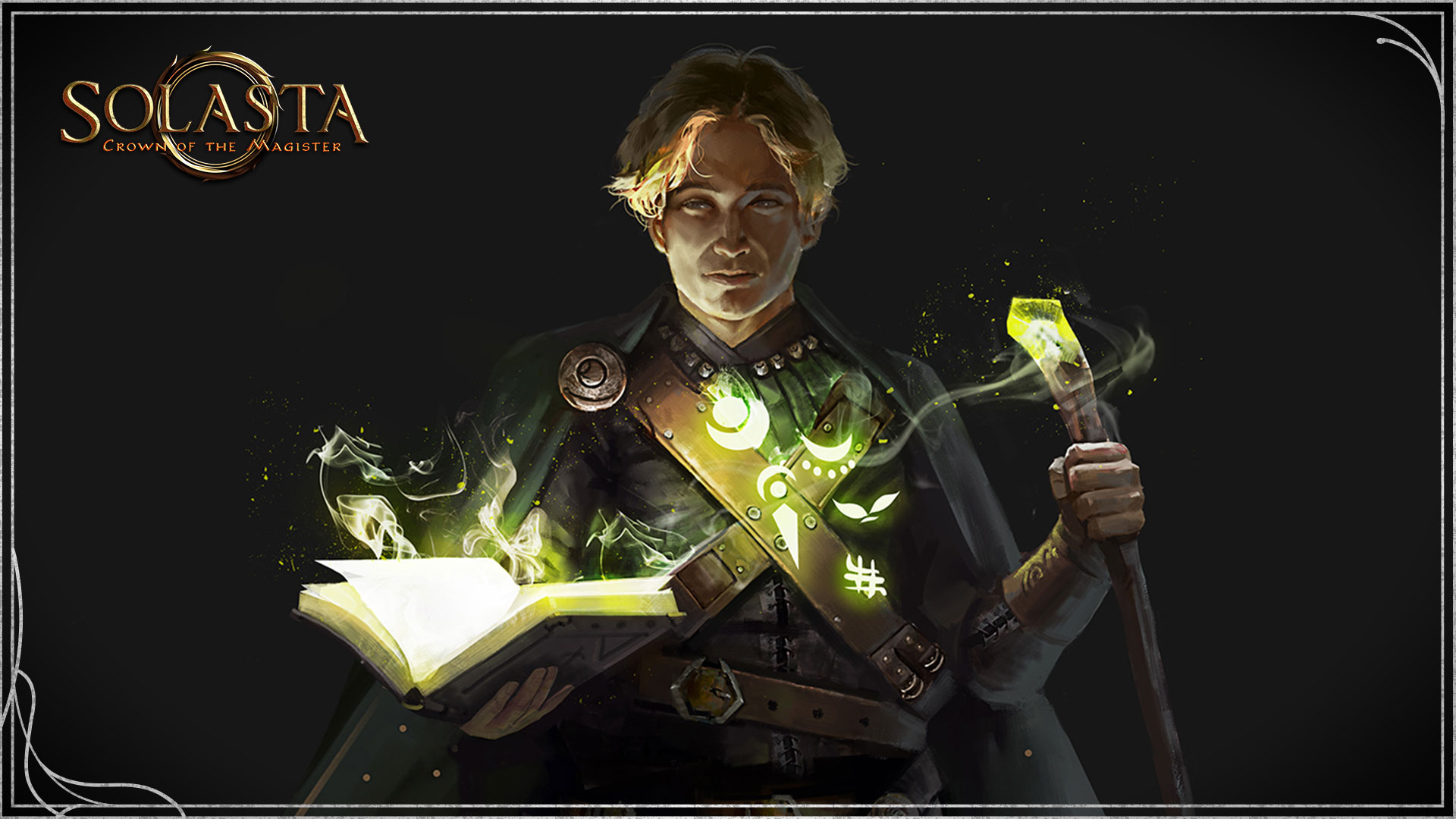
Spell Academic got a little boost as well, allowing the 3rd spell each level to be a spell of any class as long as they had the ritual tag - giving them a little more identity than simply “I learn more wizard spells, which spell scribing already allows every wizard to do”. Arcane Memory also changed a little, removing the two additional cantrip (since Arcane Professor which stayed the same already gives you four more later) but instead allowing you to replace a prepared spell after each short rest on top of the rest of the feature. But wait isn’t that…? Yep, that’s 2024 Wizards’ level 5 Memorize Spell feature! Turns out many wizards out there wanted such a feature, so it’s not surprising that some ideas between our homebrew and the official 2024 D&D ended up the same.
Final Verdict? The Loremaster is as Vanilla as can be, but sometimes vanilla is just what you want. For Wizards that just want to learn more spells, memorize more spells, cast more spells and borrow a few from other classes, that’s what the Loremaster does perfectly.
Court Mage (Lost Valley)
Our final wizard archetype, and probably our… strongest one? Arguable, considering what we said about the Greenmage. But where Greenmage shines by their vast selection of spells and their tendency to “borrow” features from other classes, the Court Mage simply does one thing extremely well: protecting their VIP.
The idea of the subclass comes from the Solasta lore - in the Manacalon era Arcane Magic reigned supreme, so unsurprisingly the need of expert bodyguards specialized against magic would appear. Where Shock Arcanists make the brunt of the elite warforce, Court Mages would be more a private service for nobles and rich aristocrats. After all, in such a society, accidents tend to happen… right?
But thematic isn’t the problem with this Lost Valley subclass - it's the power level that’s a little overtuned. Starting at level 2, you get proficiency with Shields and the Protection Fighting Style. So far, nothing crazy. But then comes Spell Shield, a power that grants an ally AND you a shield with Temporary HP equal to FOUR times your level.
Just… let that sit for a moment. 4 HP per level is more or less how much a Wizard with 10 CON would have as max HP. So this power would not only almost double your own HP, but also grants that amount to another party member. Independently (your shield and their shield don’t share the HP pool). For an hour. Twice per long rest. Yeaaaaaa you can start to see how that was a tad bit too much.
So what comes after this? Counterspell Mastery at level 6 gives you advantage on your checks when casting Counterspell against level 4+ spells, and enemies have disadvantage on their Counterspell rolls against your spells. Nice, and in line with the idea of protecting your client against other mages.
At level 10 Improved Spell Shield further boosts the feature by granting advantage on all saving throws against spells and magic effects when you’re under the effect of Spell Shield. Now here’s a fun tidbit - due to how Spell Shield was coded, even at 0 HP the condition was still applied (and lasted for the full hour). So due to technical limitations, it would still work even if the Spell Shield was broken.
And finally at level 14, Expanded Spell Shield shielded an additional ally. Simple, but again mathematically that’s boosting its efficiency by a whopping +50%. Now, some of you might be wondering - wait, it also says that it extends the casting range to 60’, what’s that about? Well originally Spell Shield had a limited range (like a tether): if you got more than a certain range away from your shielded ally, the shield would disappear. This would add more limitations to this extremely powerful feature. However, it is very simple for people (especially in video games) to move a little too far, and having a twice per day power suddenly get cancelled because you mistakenly moved away felt very bad.
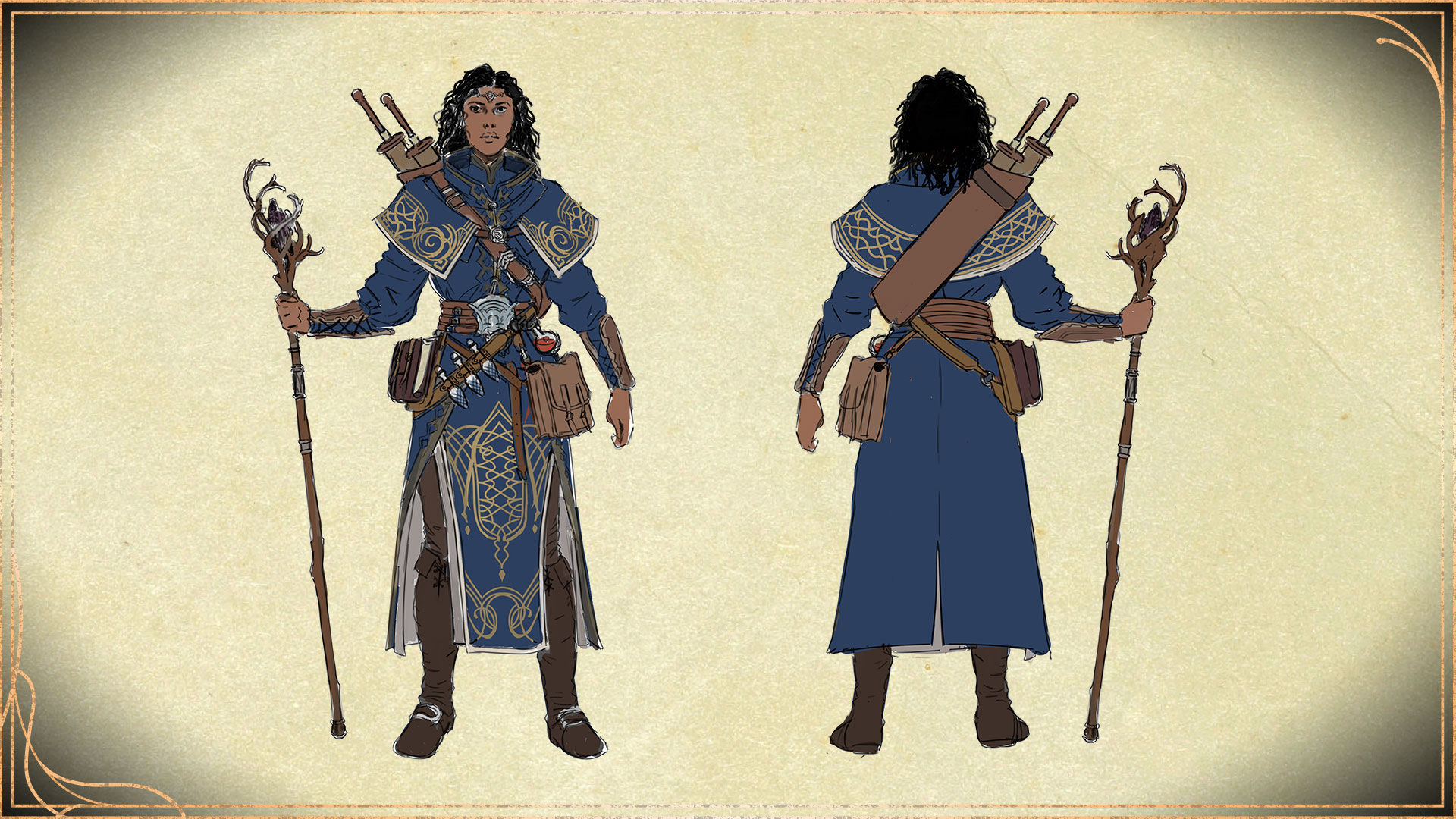
This is why the range limitation was removed in the video game version of Solasta. Now, in the Sourcebook we put it back as you can remind your ally not to do that (as opposed to “whoops I clicked too far guess it’s too late” on PC), and also reduced the amount absorbed to three times your Wizard level. The duration was lowered to 10 minutes (to make it less of a fire and forget move), but the amount of uses now increases with your Proficiency Bonus - starting at two per day, but scaling up at higher levels.
Funny anecdote, we had to modify the rest of the archetype quite a bit not because the features didn’t fit or because they were too strong / too weak, but because… we noticed Court Mage was just way too similar to Abjuration Wizards. Arcane Ward vs Spell Shield granting a temporary shield. Improved Abjuration vs Counterspell Mastery granting bonuses to Counterspell. Spell Resistance vs Improved Spell Shield granting Spell Resistance.
So, Counterspell Mastery made way for Careful Protector, instead allowing the Court Mage to teleport at will to their ward by using a bonus action, and granting passive flat AC bonus to allies next to them. After all, the easiest way to take down a target is to get them away from their bodyguard, a quick stab to the guts can be harder to prevent and more unpredictable than a Fireball in a society of Wizards.
Improved Spell Shield was replaced by Shield Resonance, which instead gives you the ability to choose a damage type to resist when creating the Spell Shield. Did your boss happen to piss off a circle of famous Pyromancers? Well, Fire resistance it is then. And finally, at level 14 Expanded Spell Shield became Shield Shatter. Instead of the boring +1 shielded target, you instead get a Spell Shield that explodes when reduced to 0 HP, potentially blinding, deafening and silencing surrounding enemies and granting resistance to all damage types to the Spell Shield target for one round.
A sort of final layer of protective magic - get through the Spell Shield, get hit with a powerful flashbang that prevents you from casting most spells for a bit. And good luck bursting your target down with that damage resistance. Thinking back on it, that was probably a little overtuned again. Damnit!
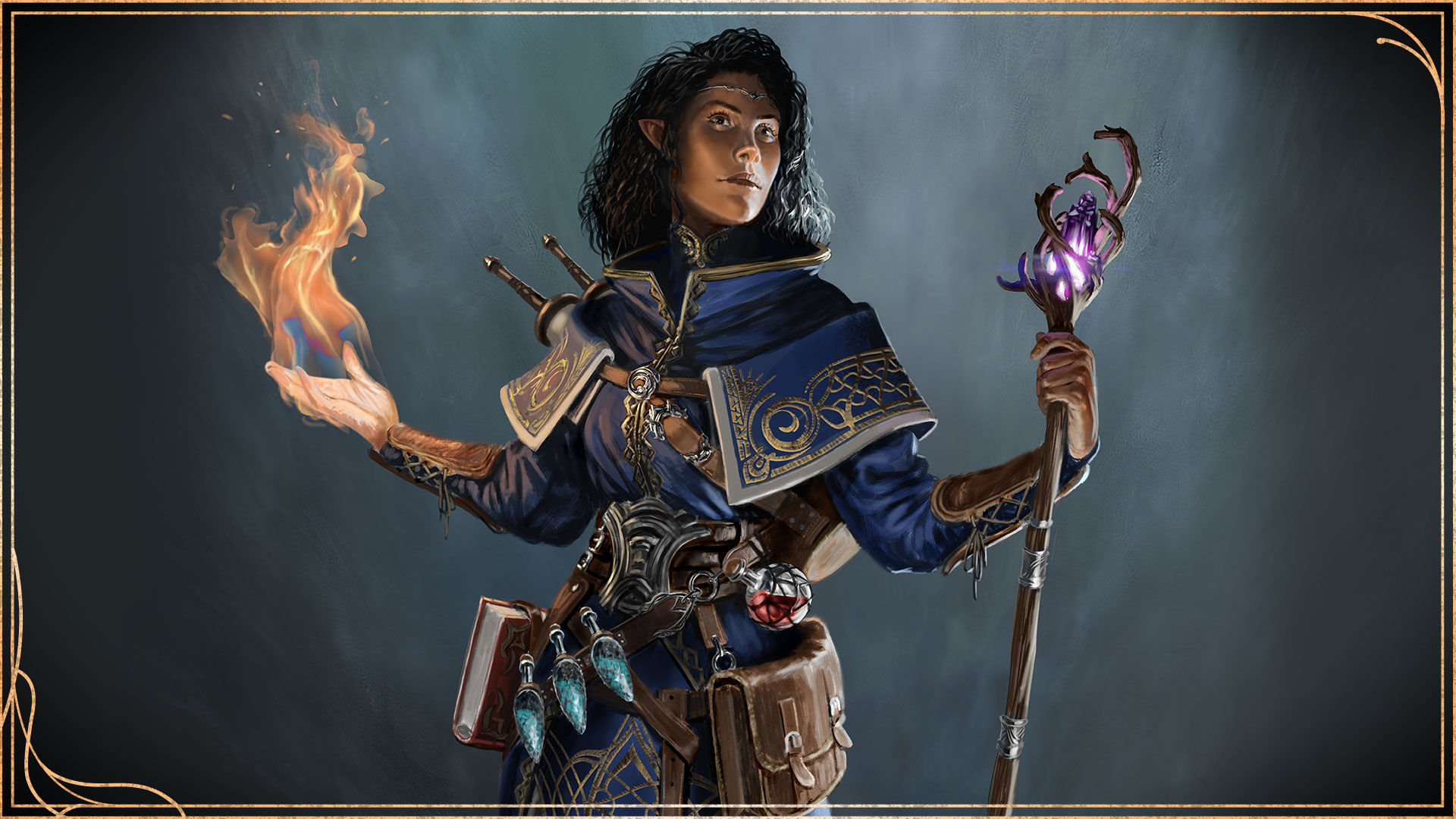
Final Verdict? The Court Mage oozes flavour and we love them - which is probably why they were given a little too much power at first. We also ran into the “lore vs gameplay” issue where going straight for our own ideas, we realized only later that it was too similar to an existing subclass. But at the end of the day, the Court Mage is now its own archetype with a well defined role and a good synergistic set of features.
The… ??? (Solasta II)
No Wizard was in the demo, so what could the Wizard archetype from Neokos be? We’ll let you guess, what do you think it will be?
Article by Tactical Myzzrym
Follow us on:
